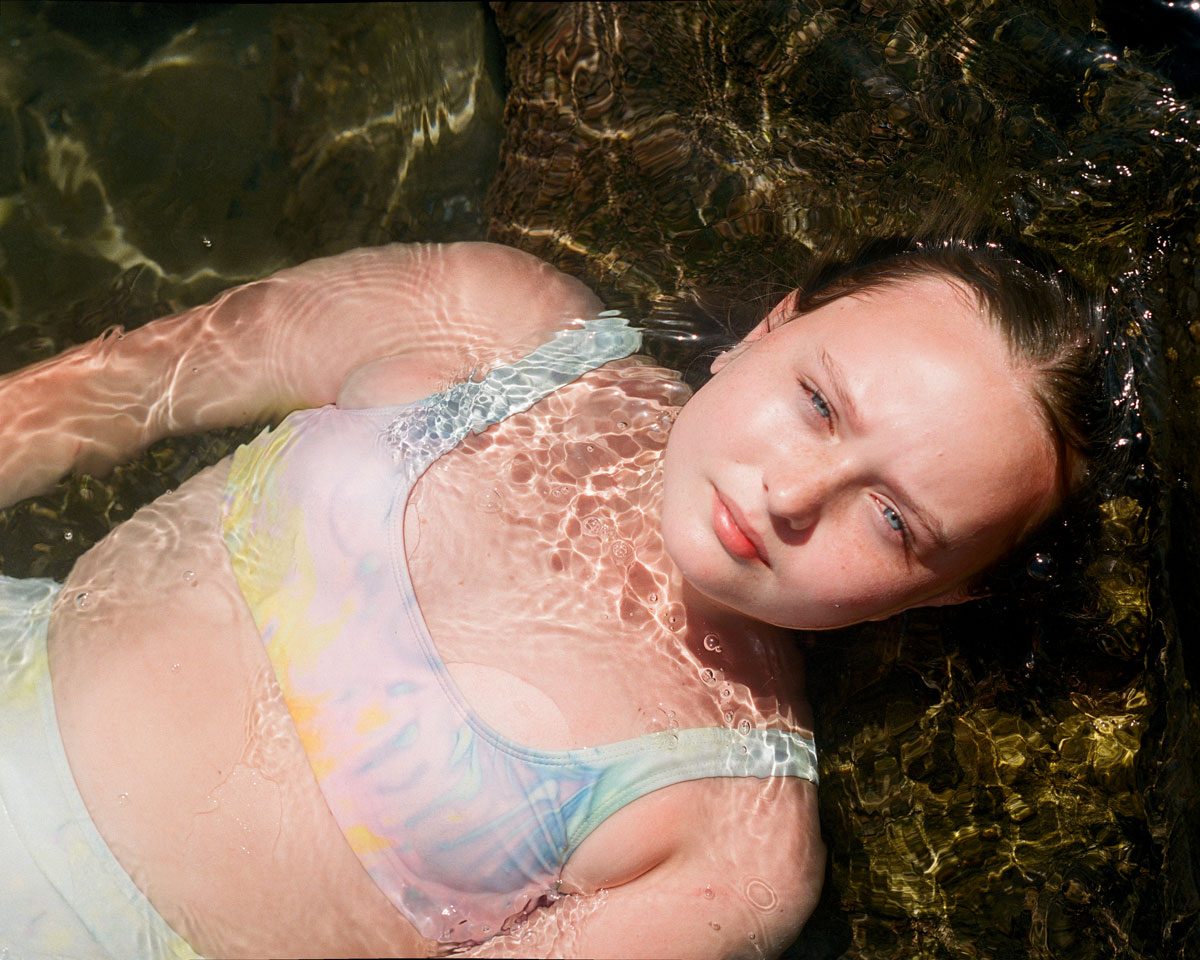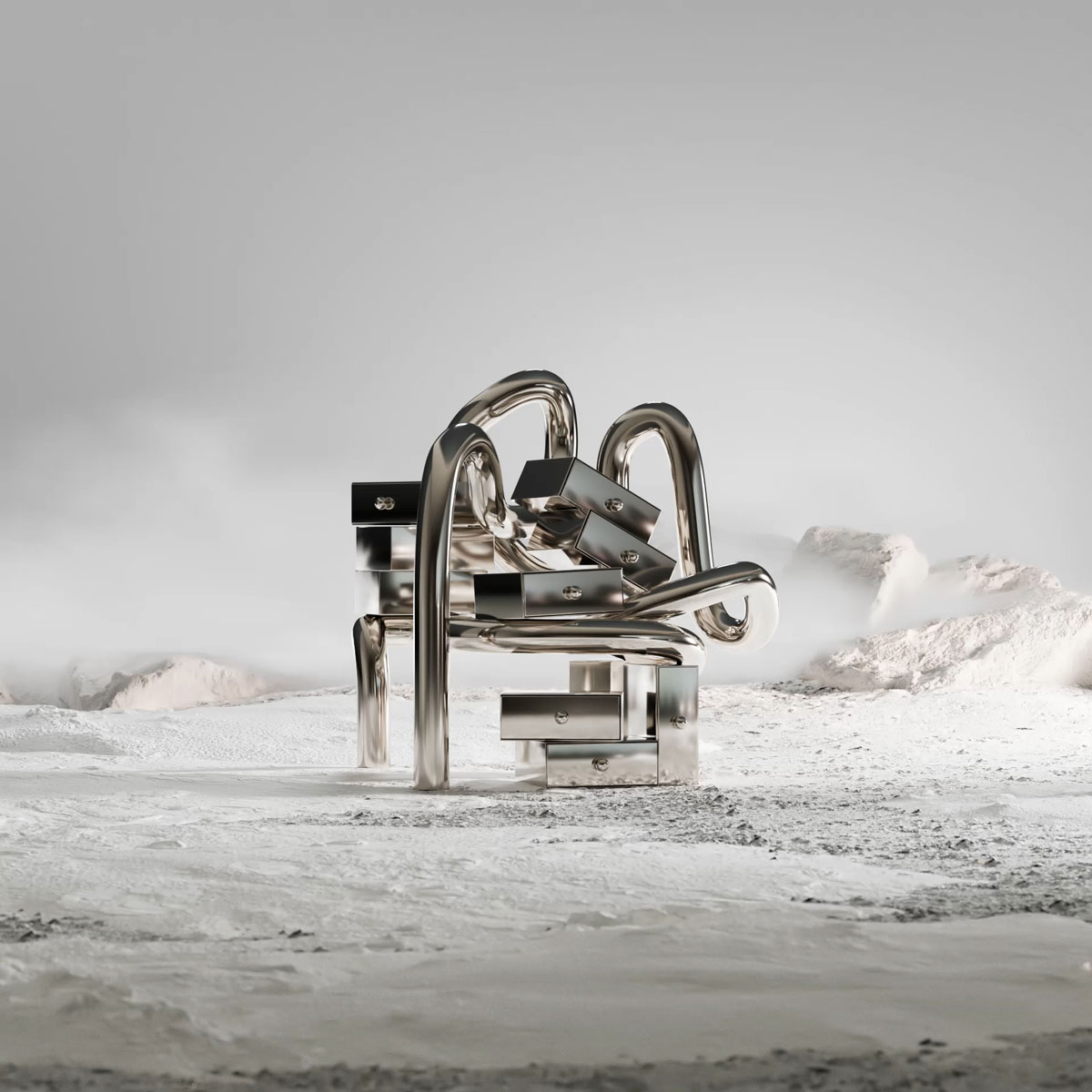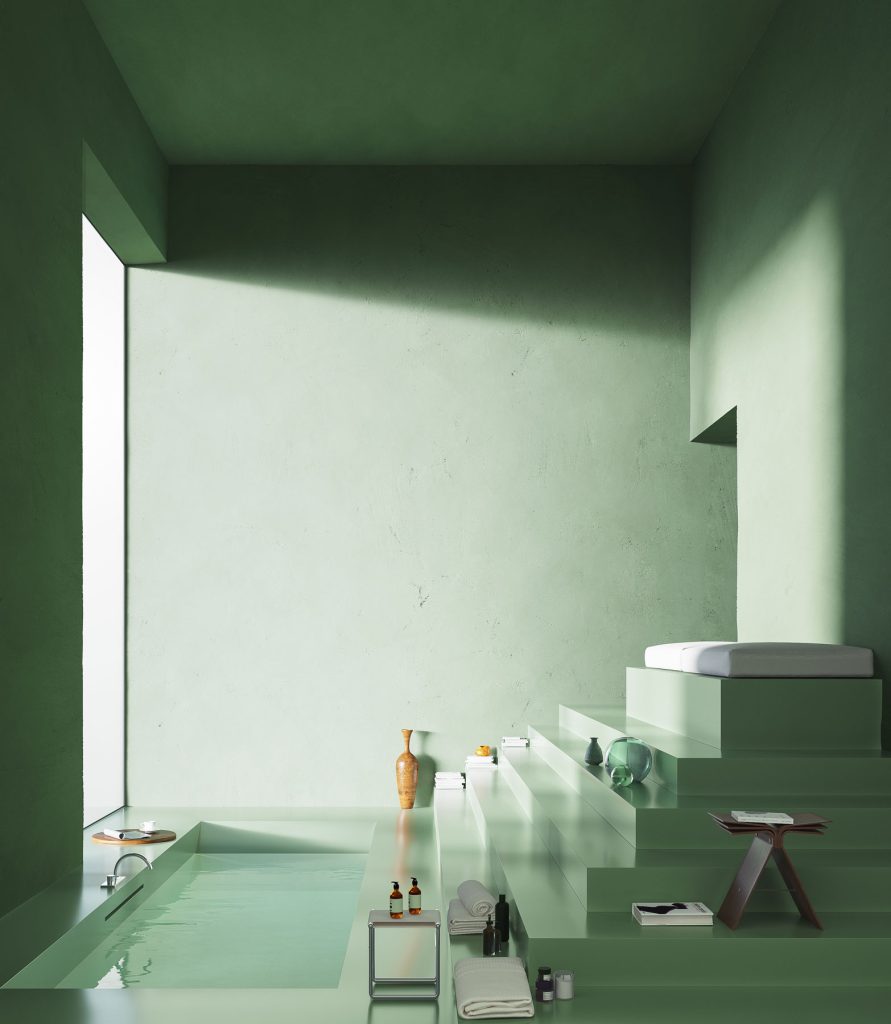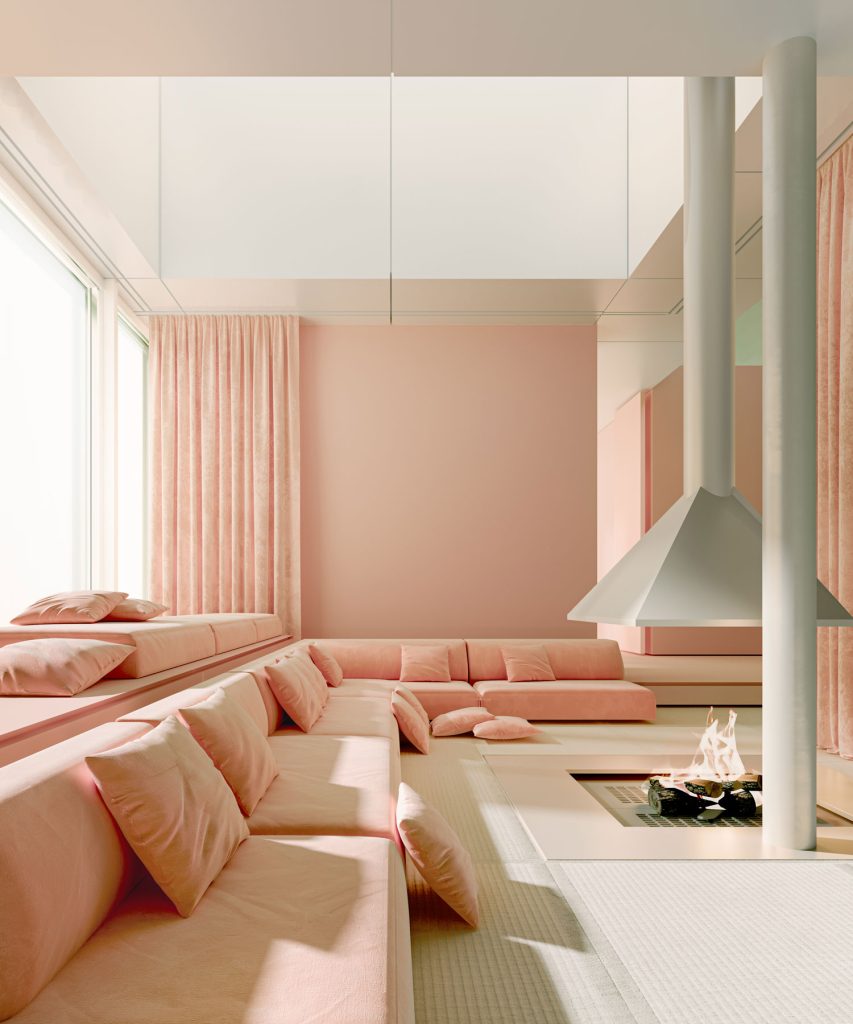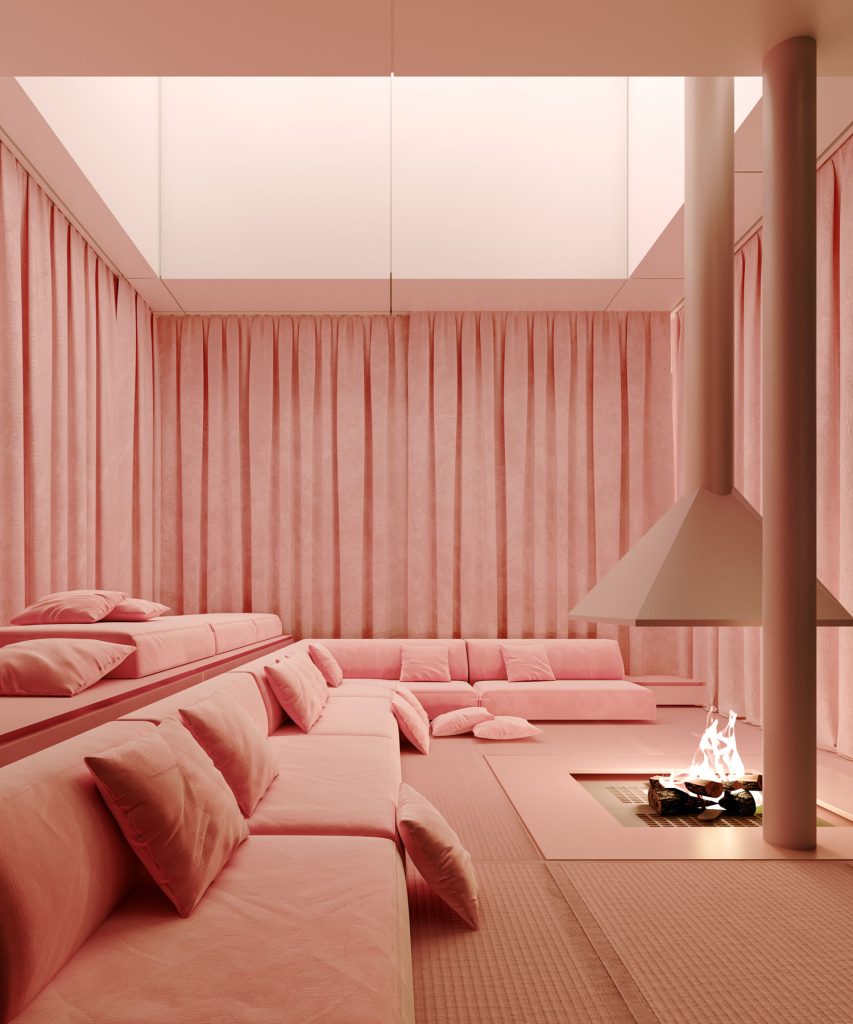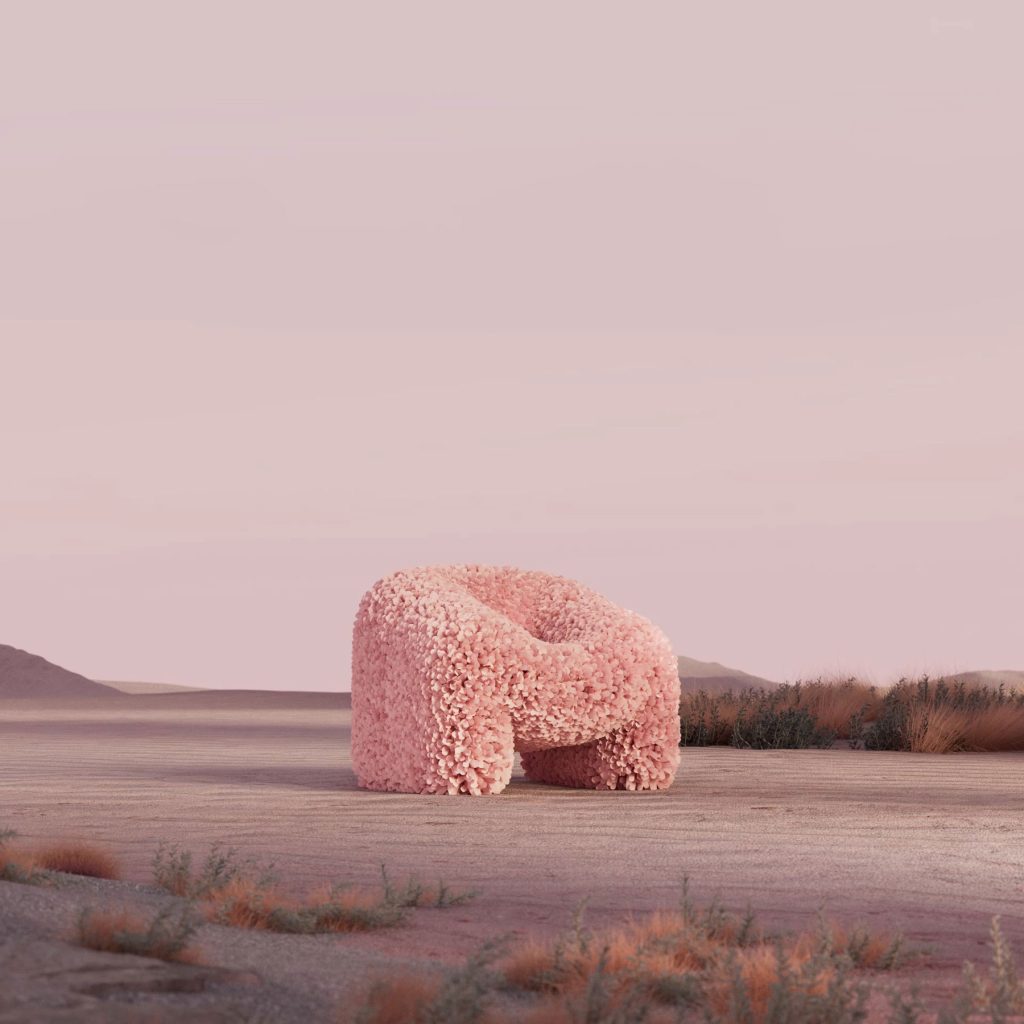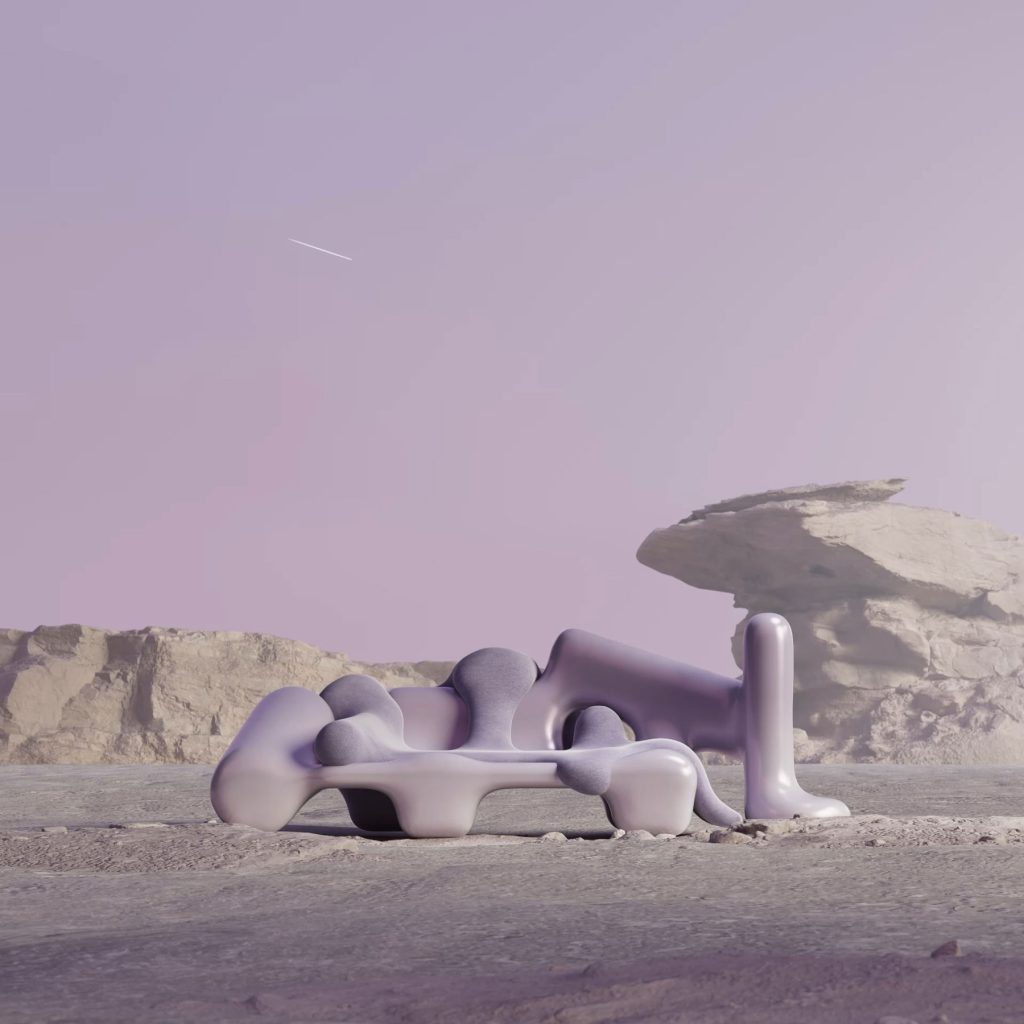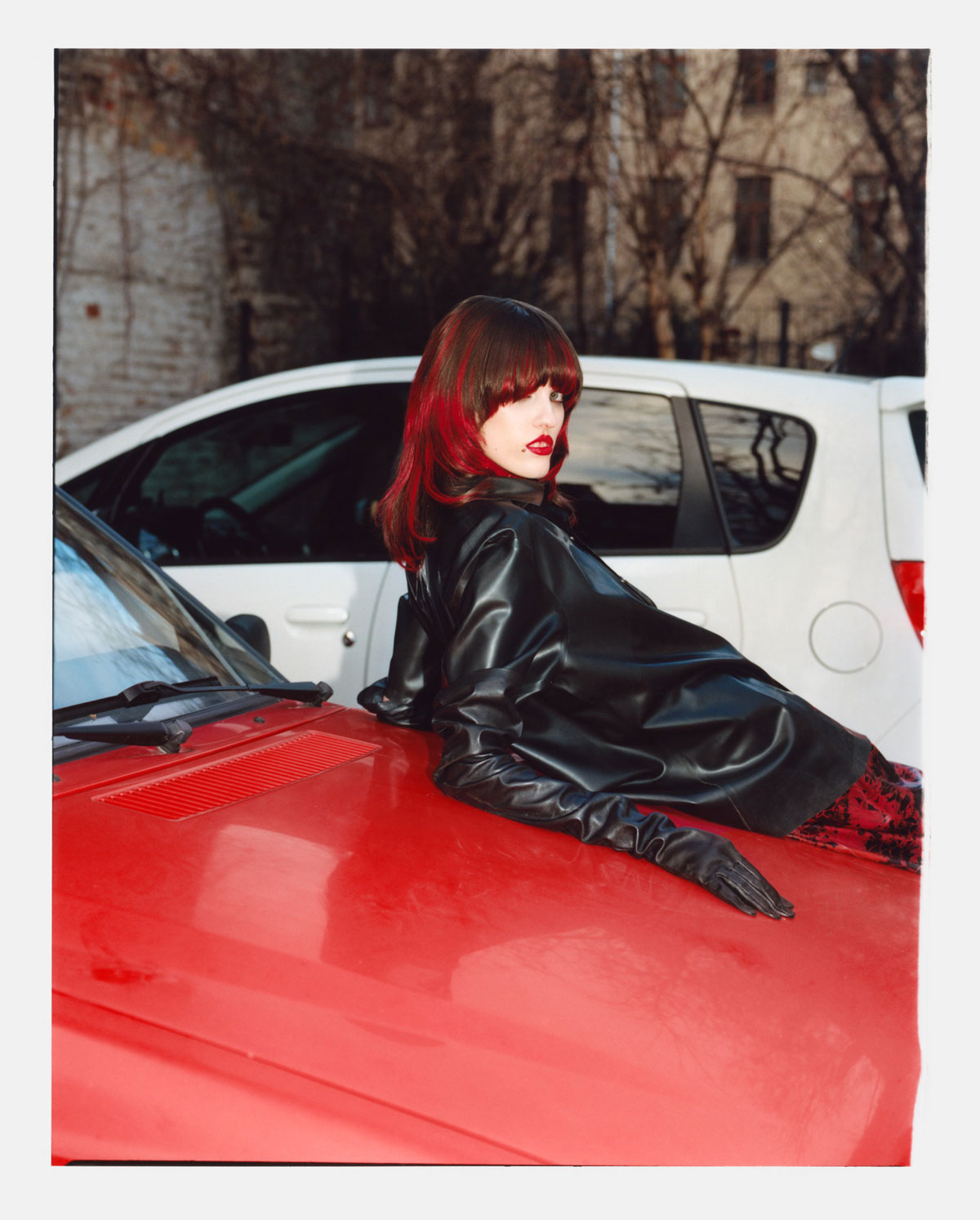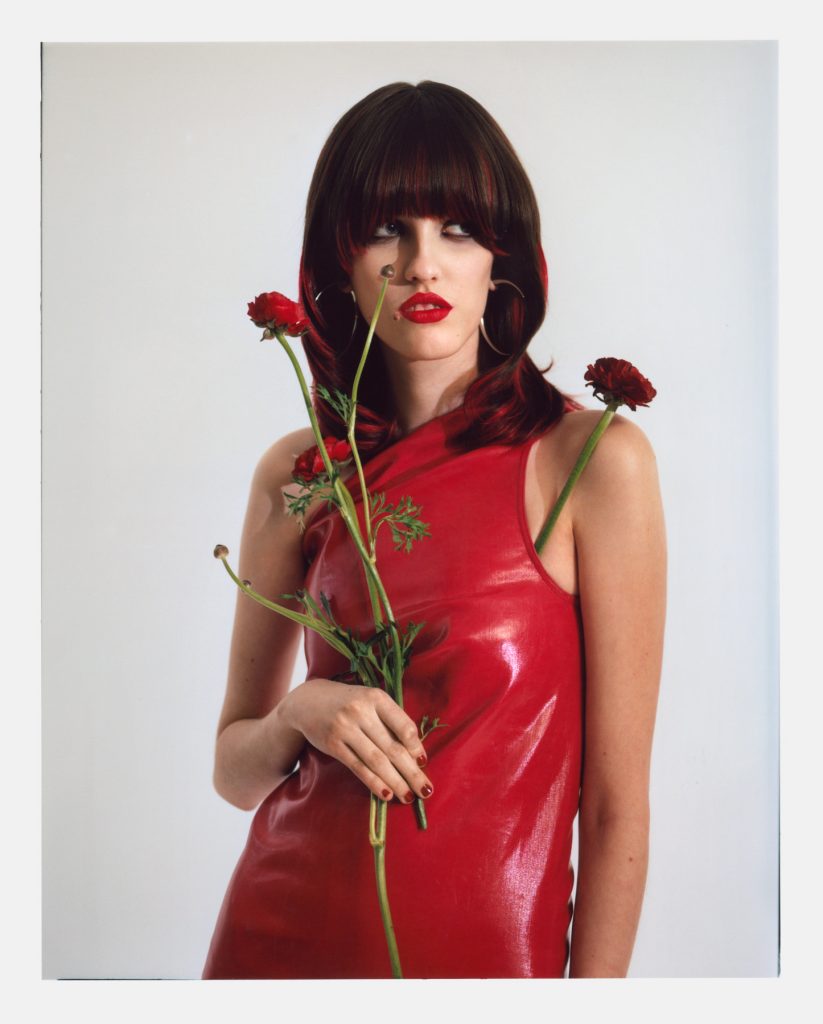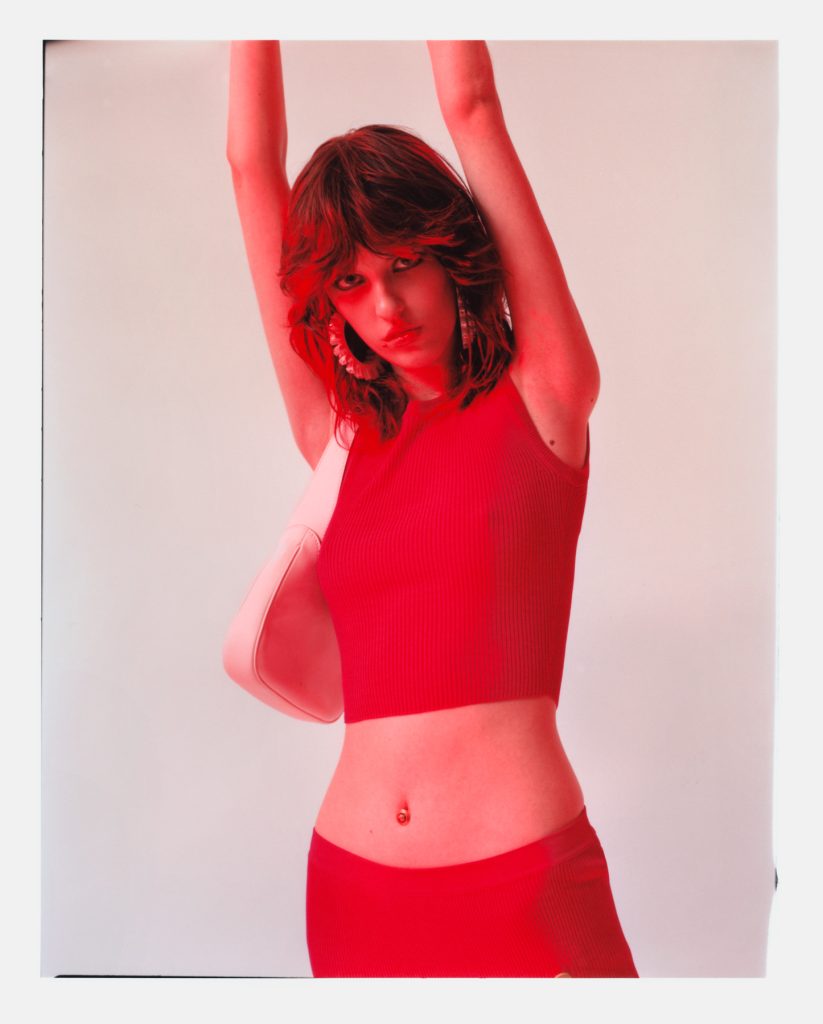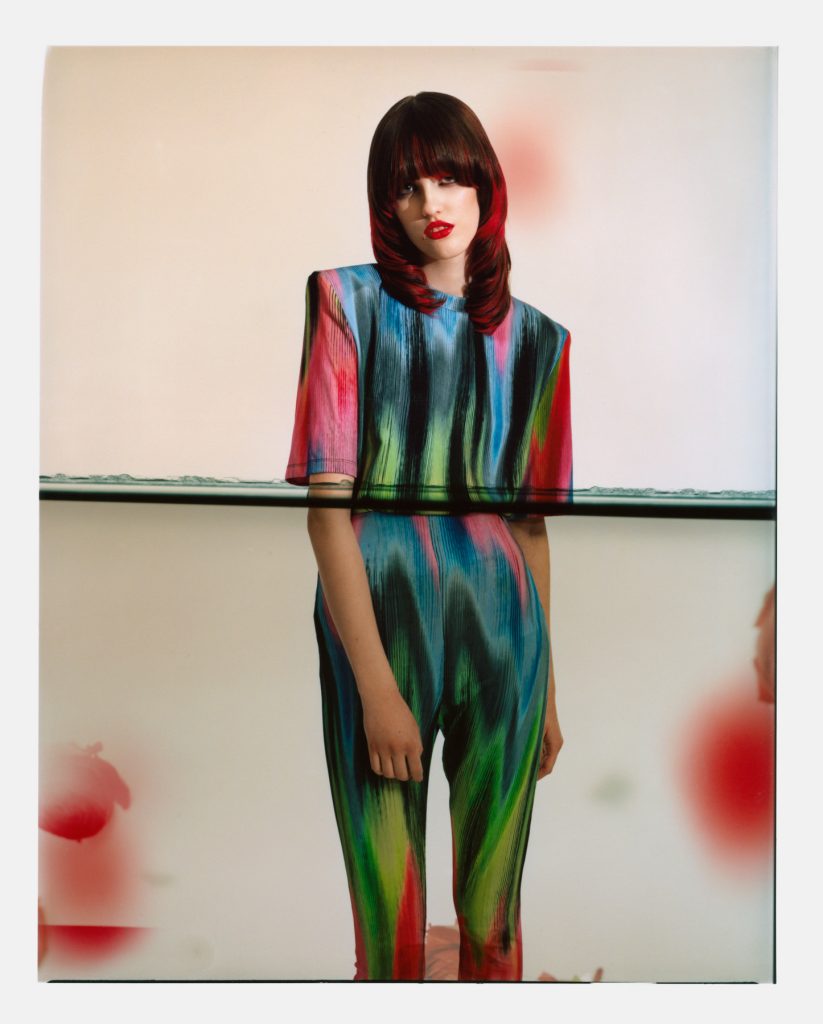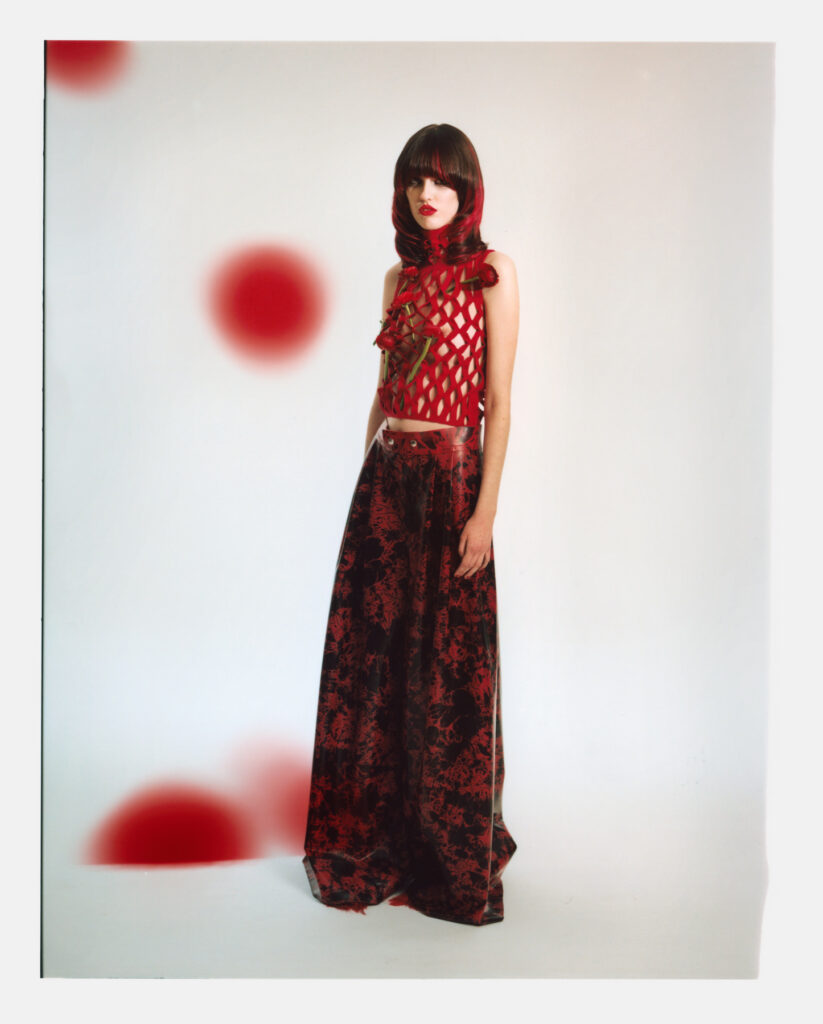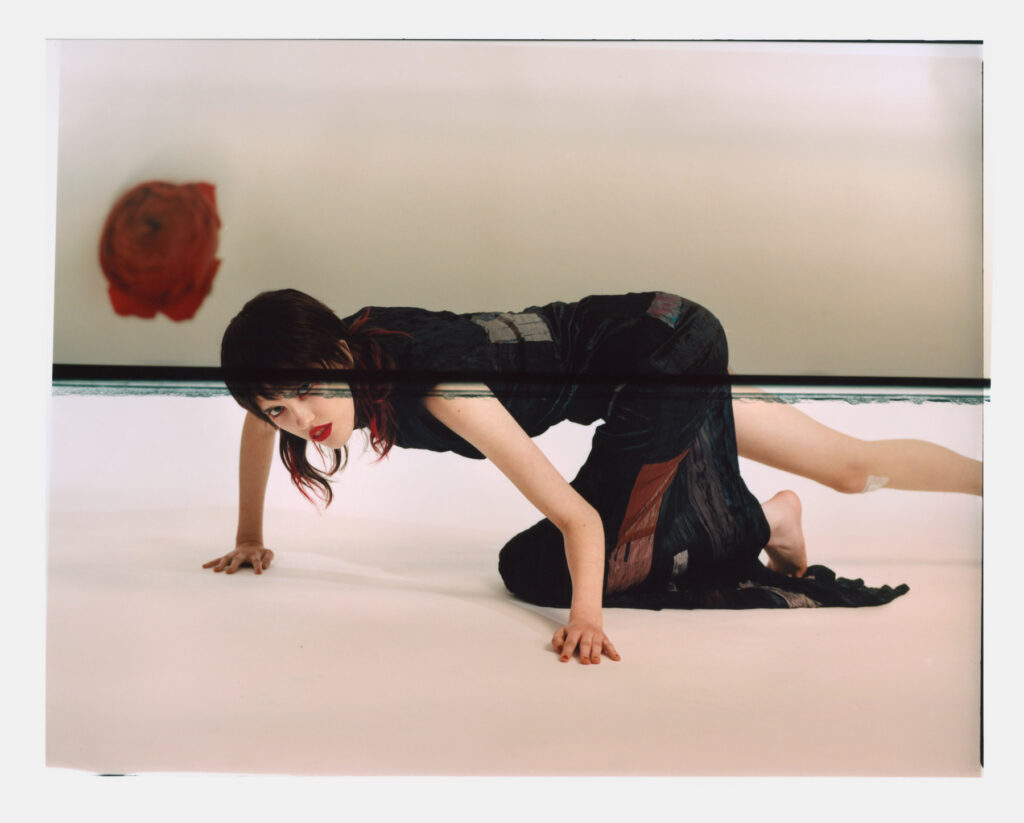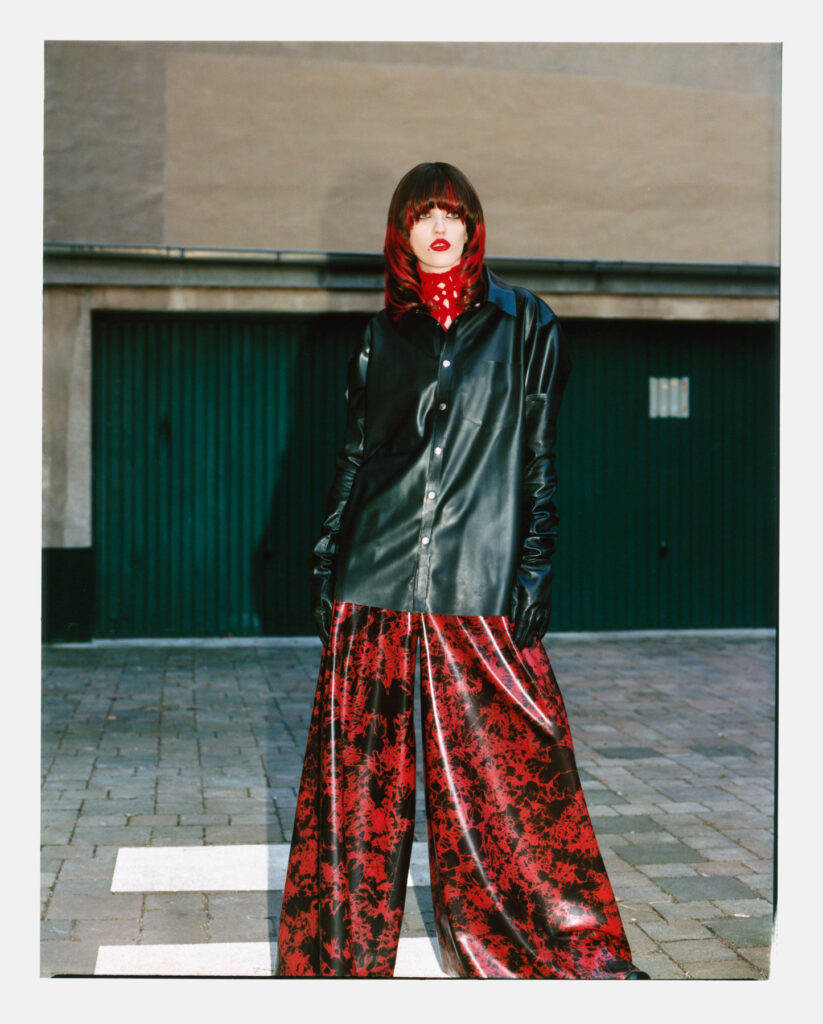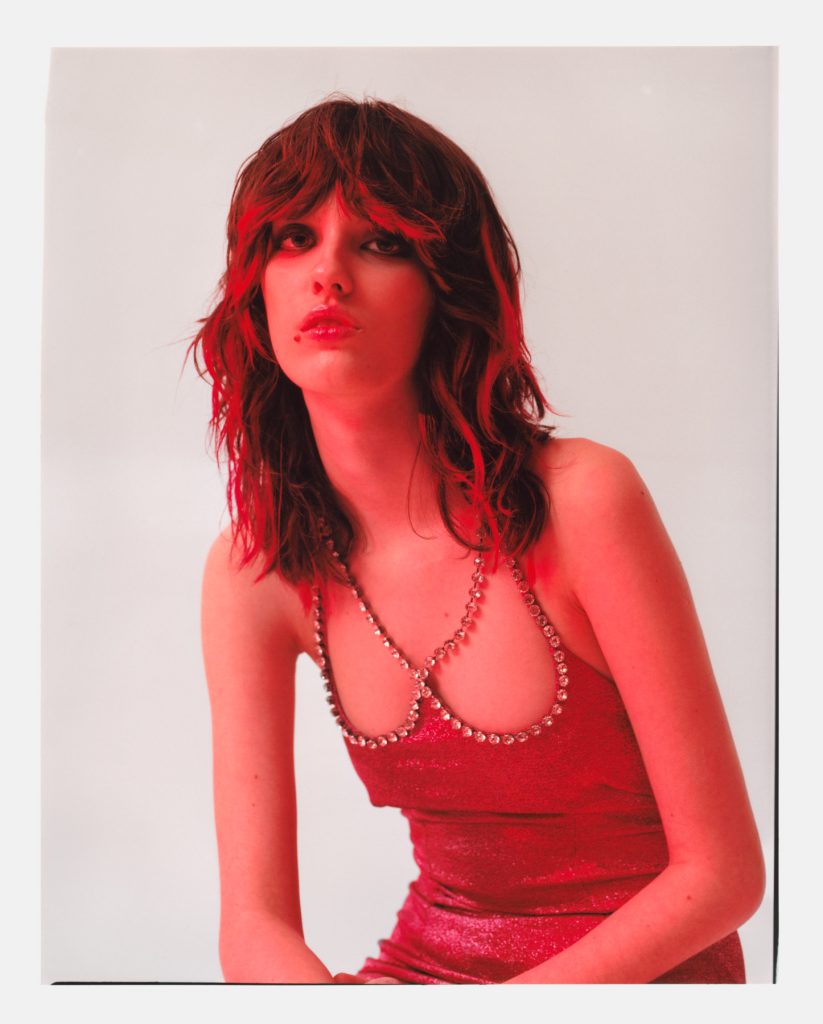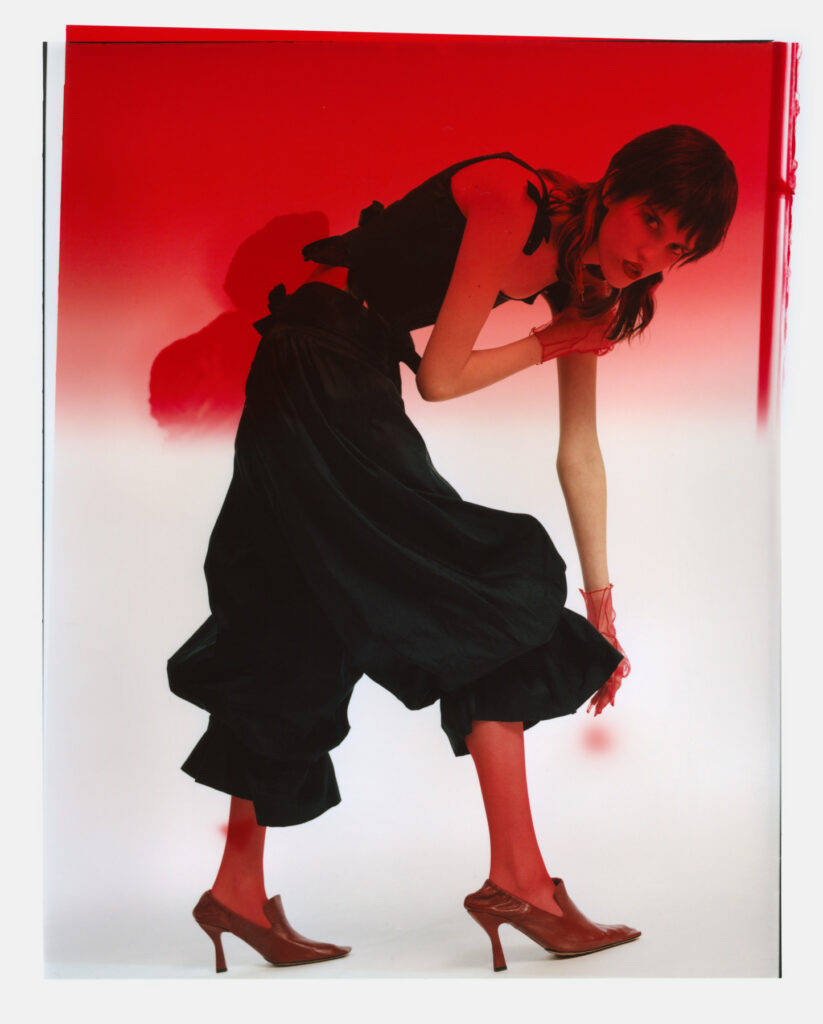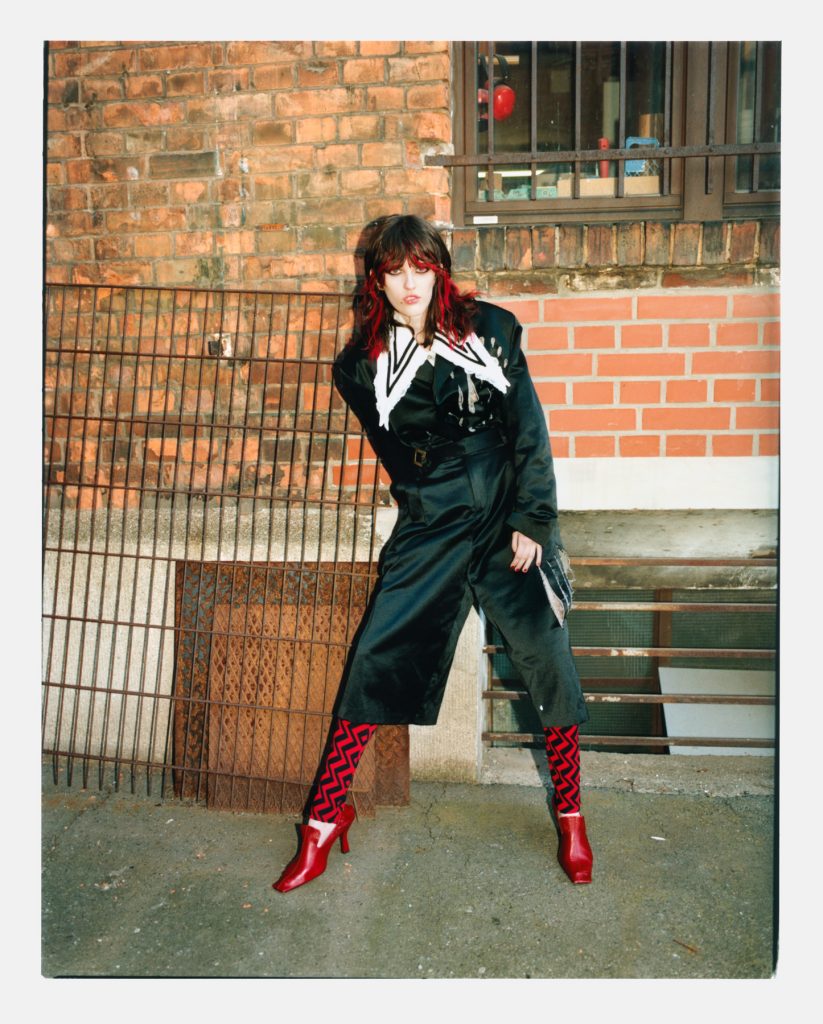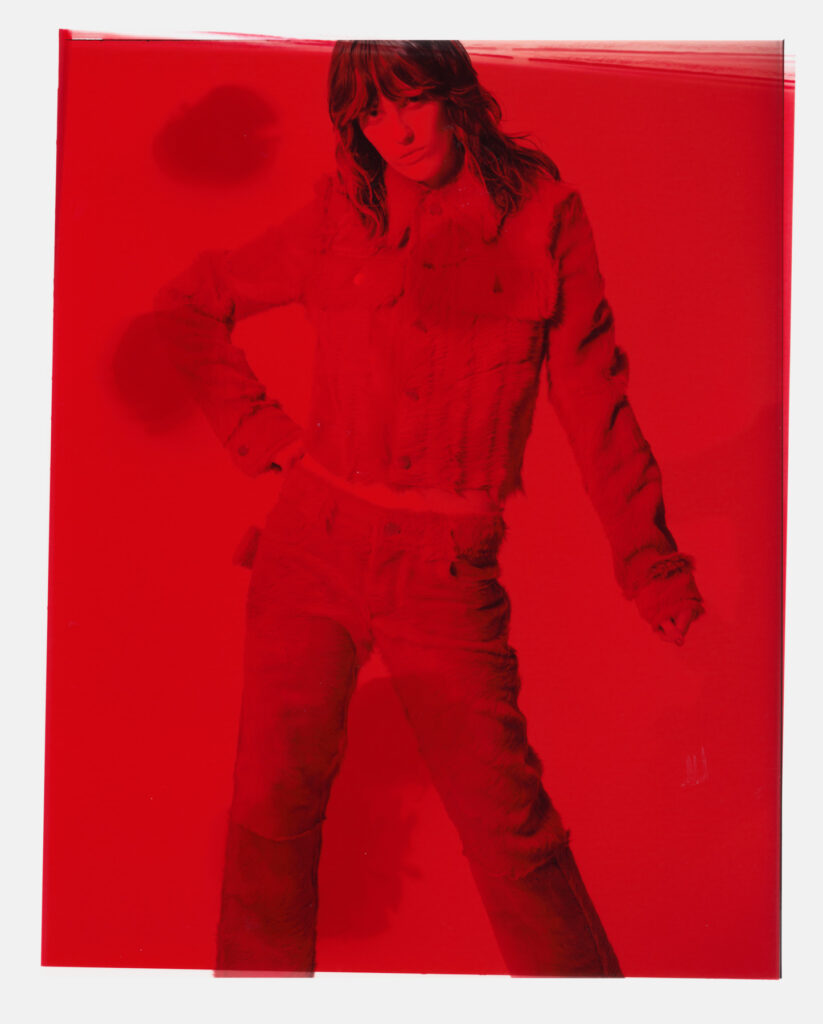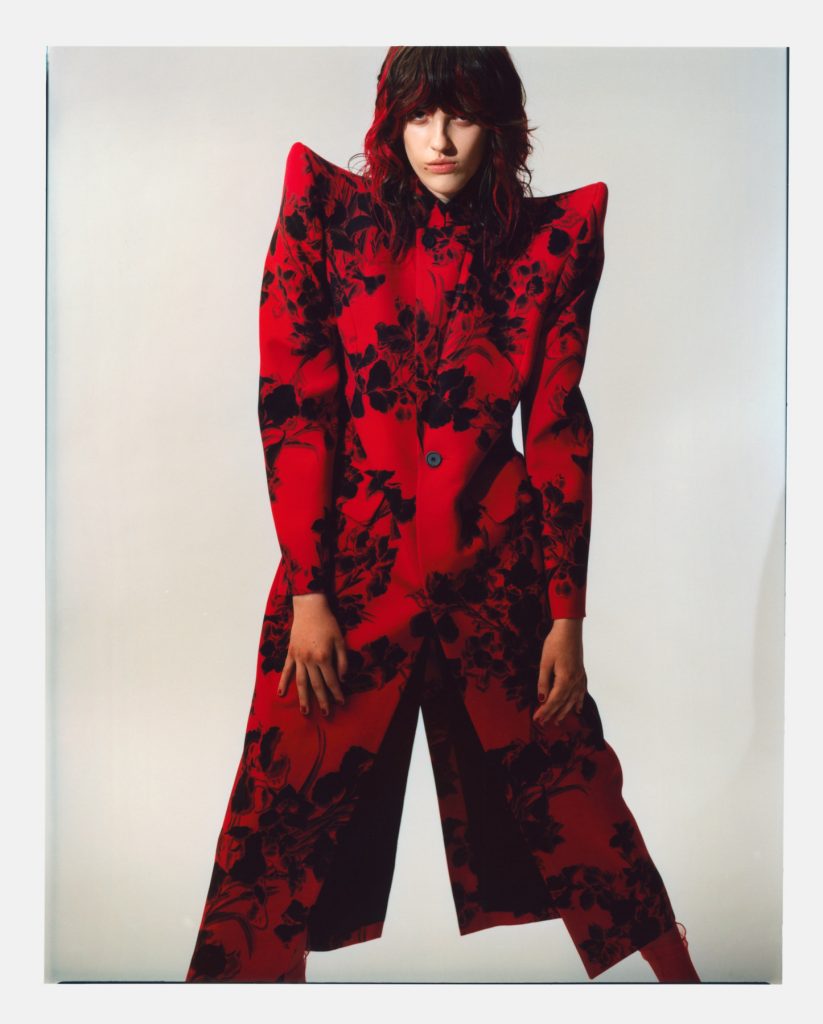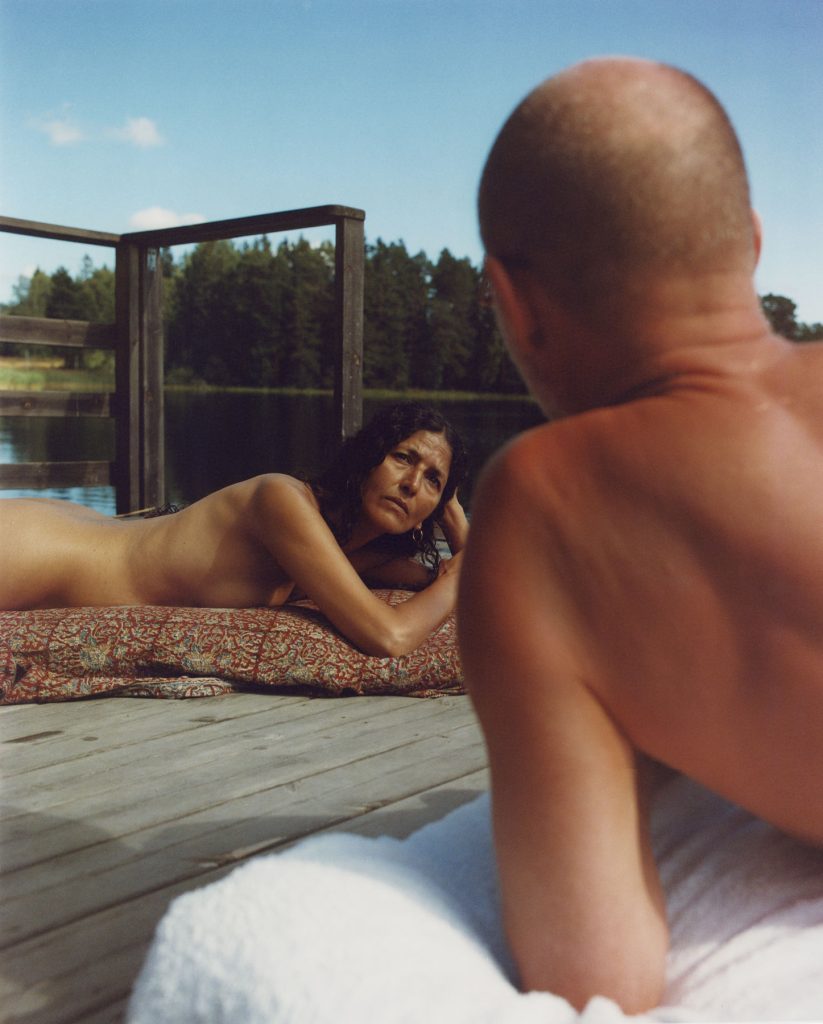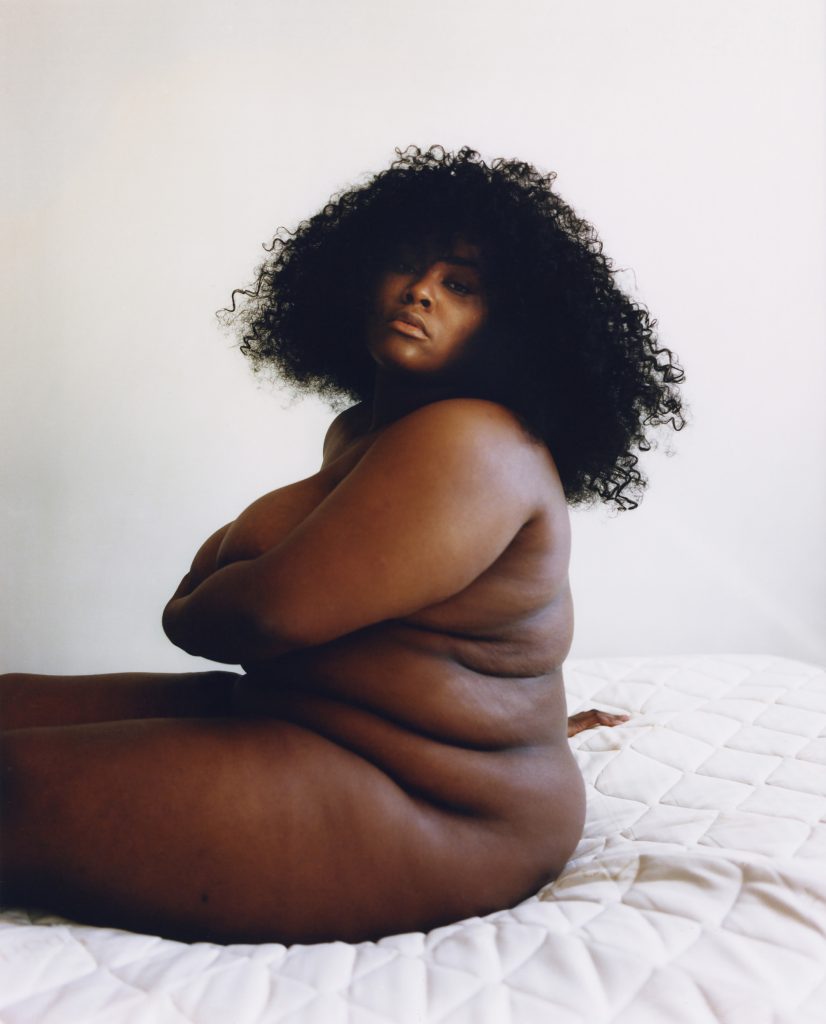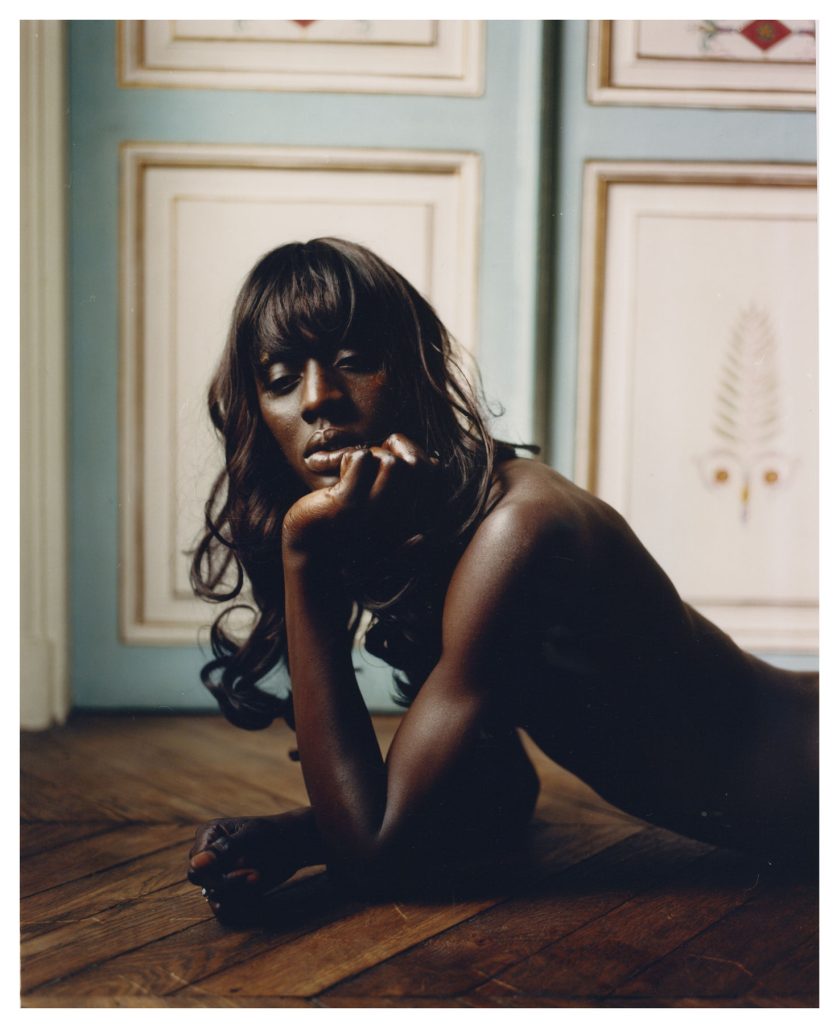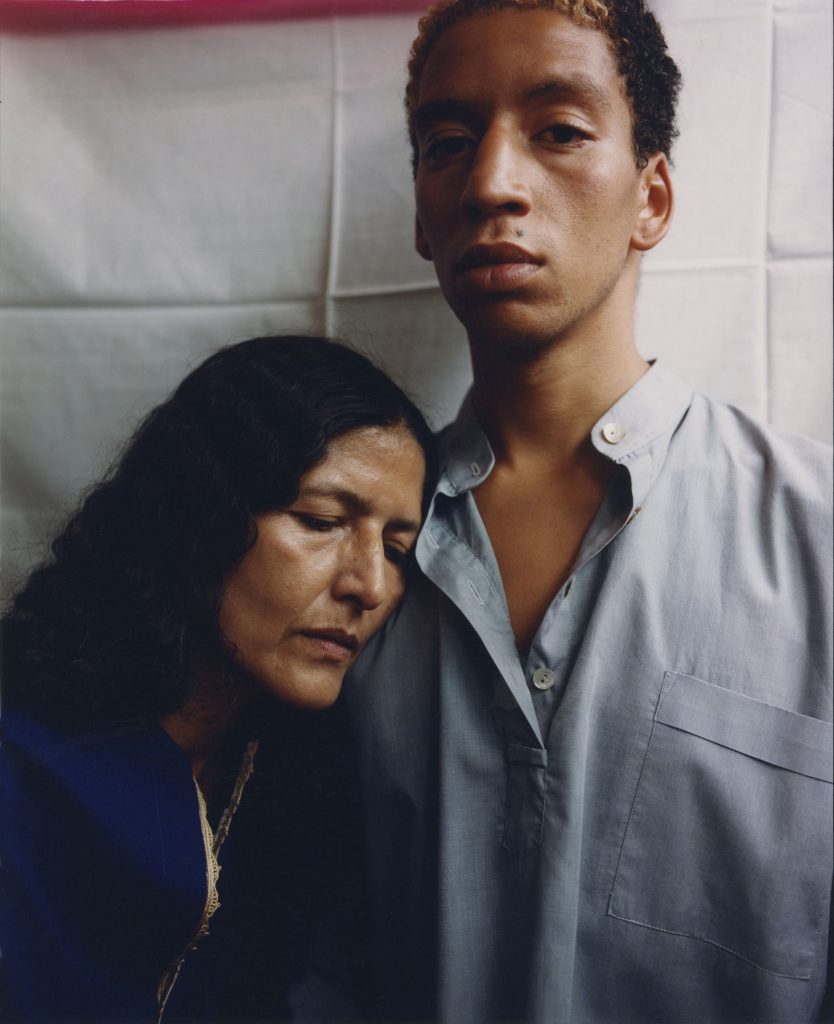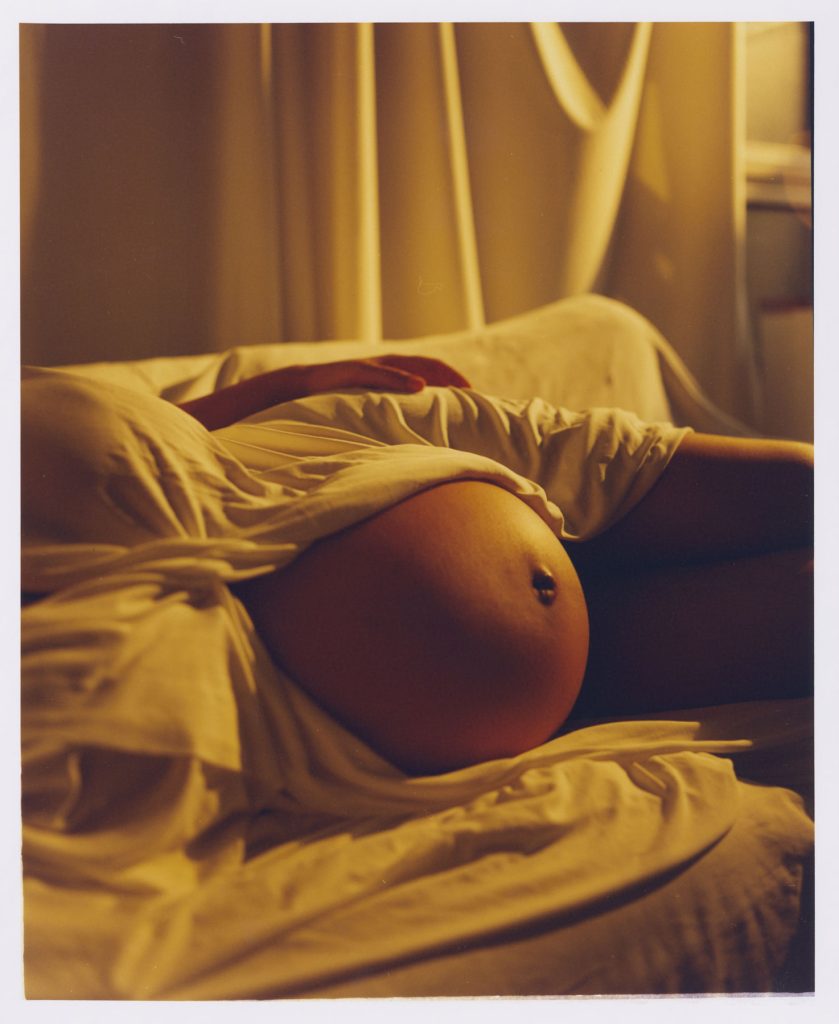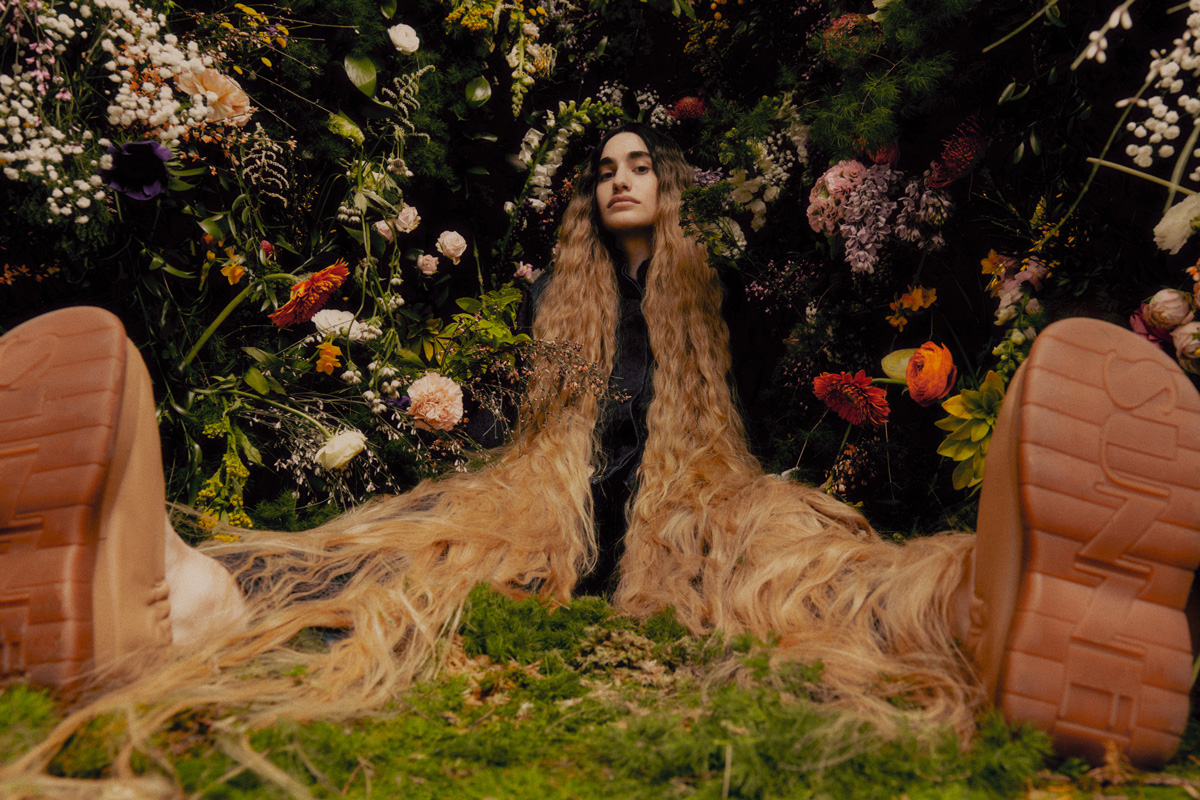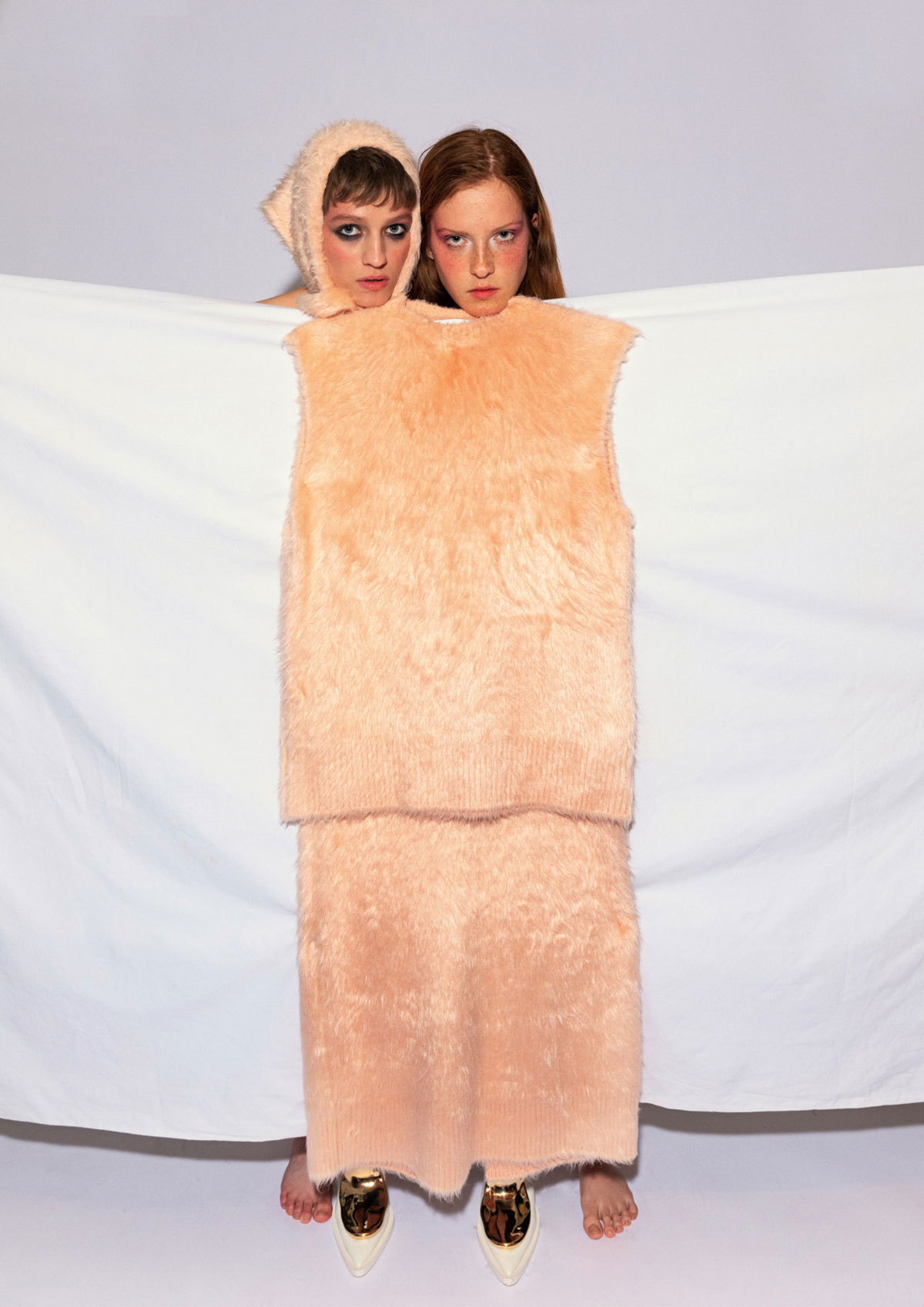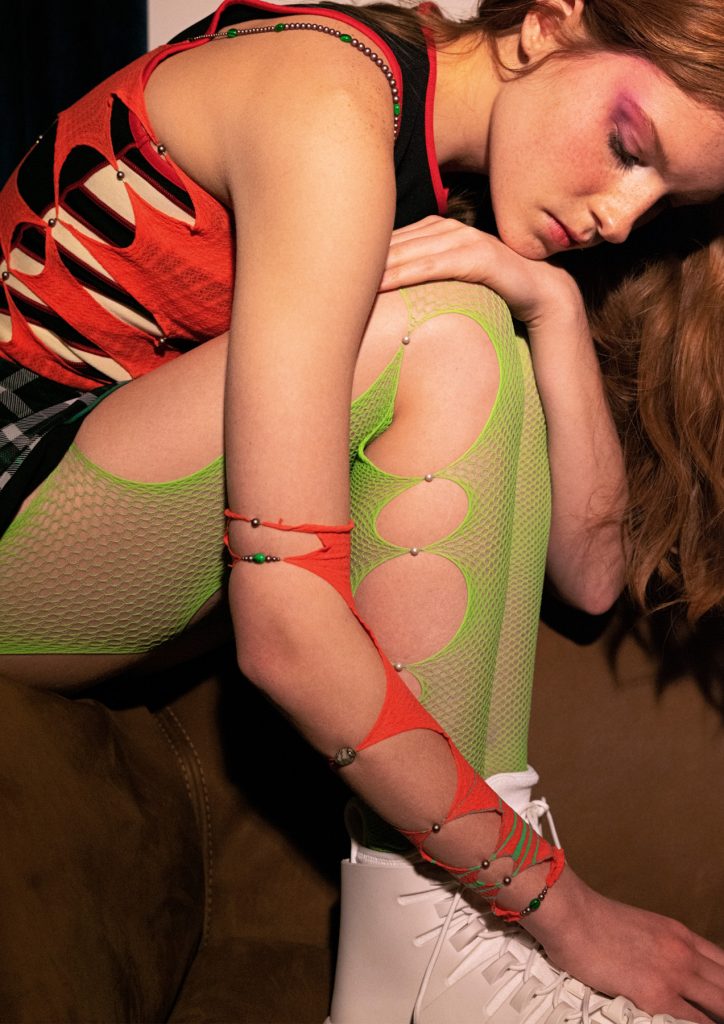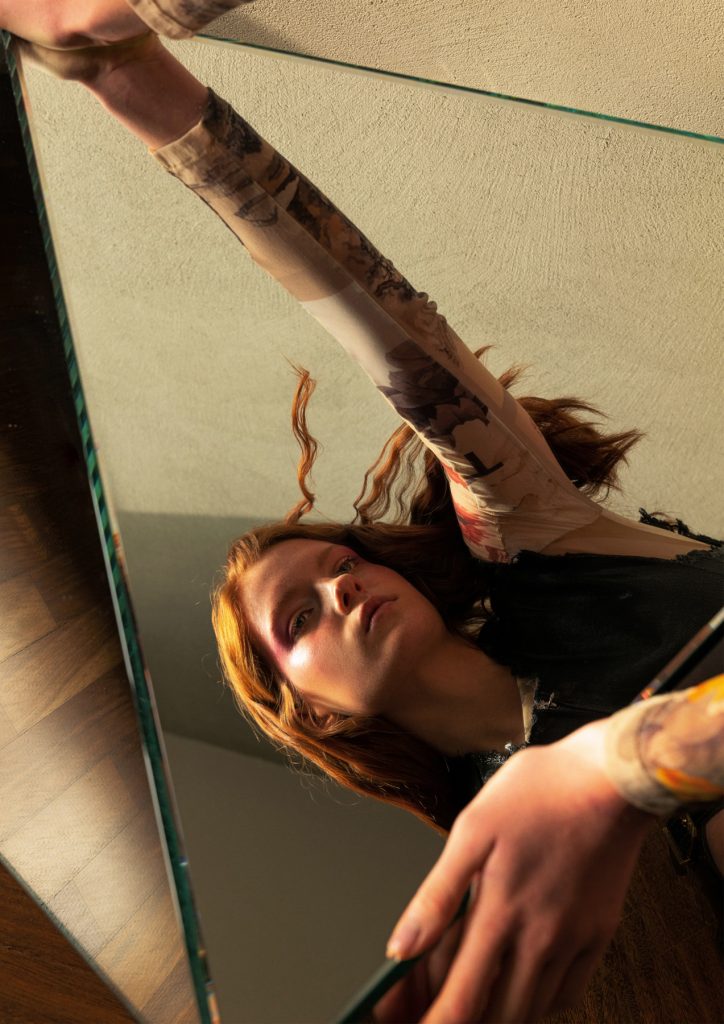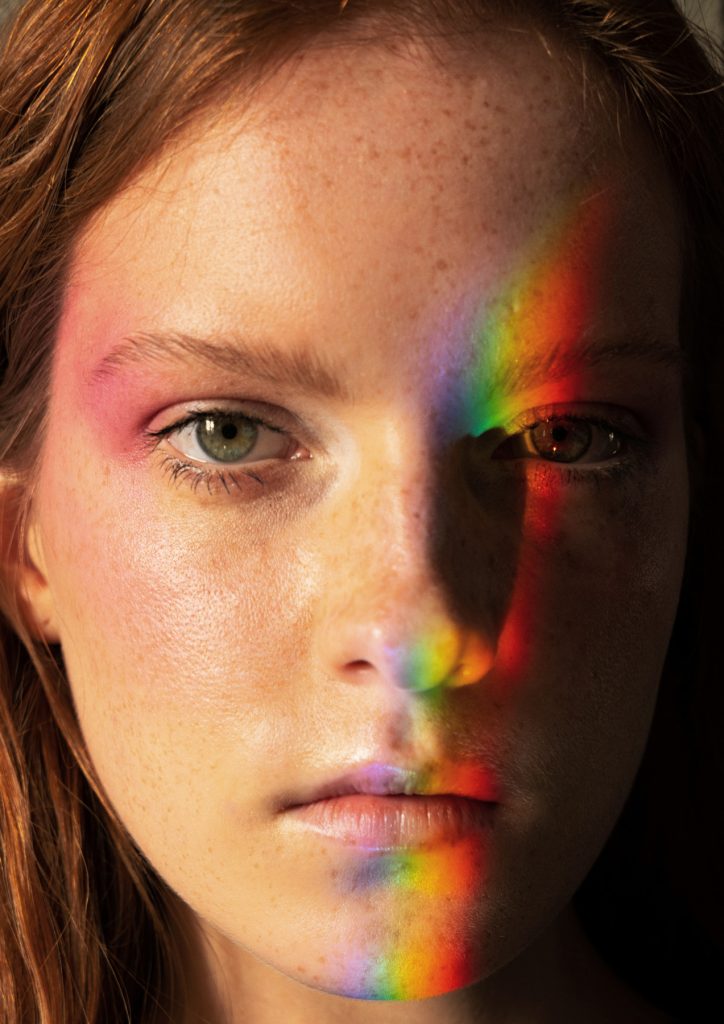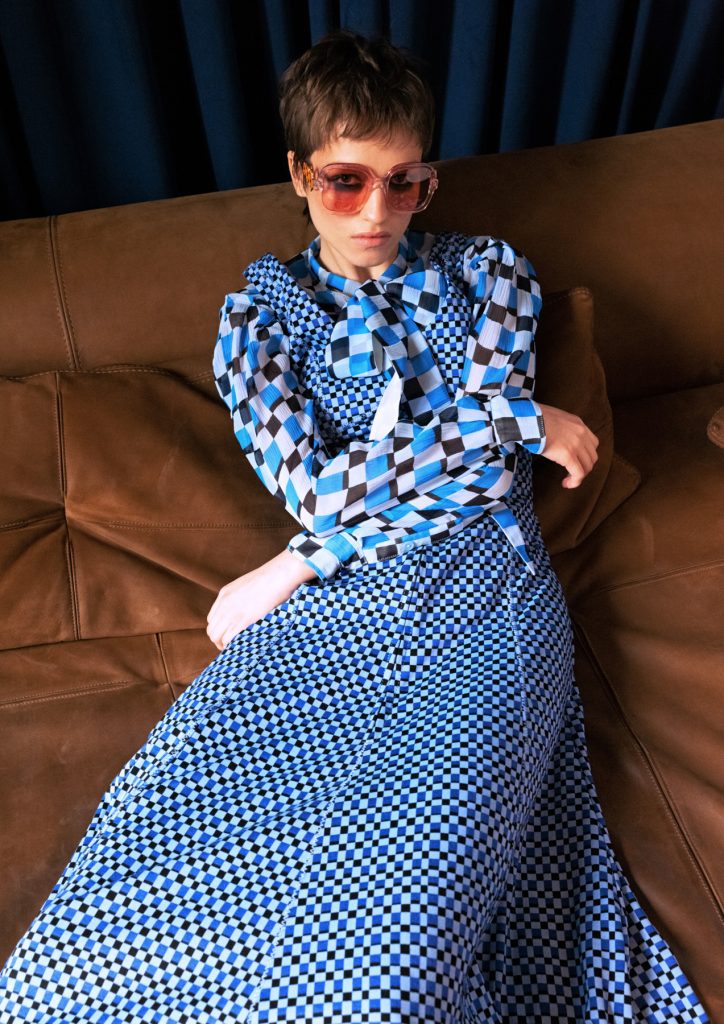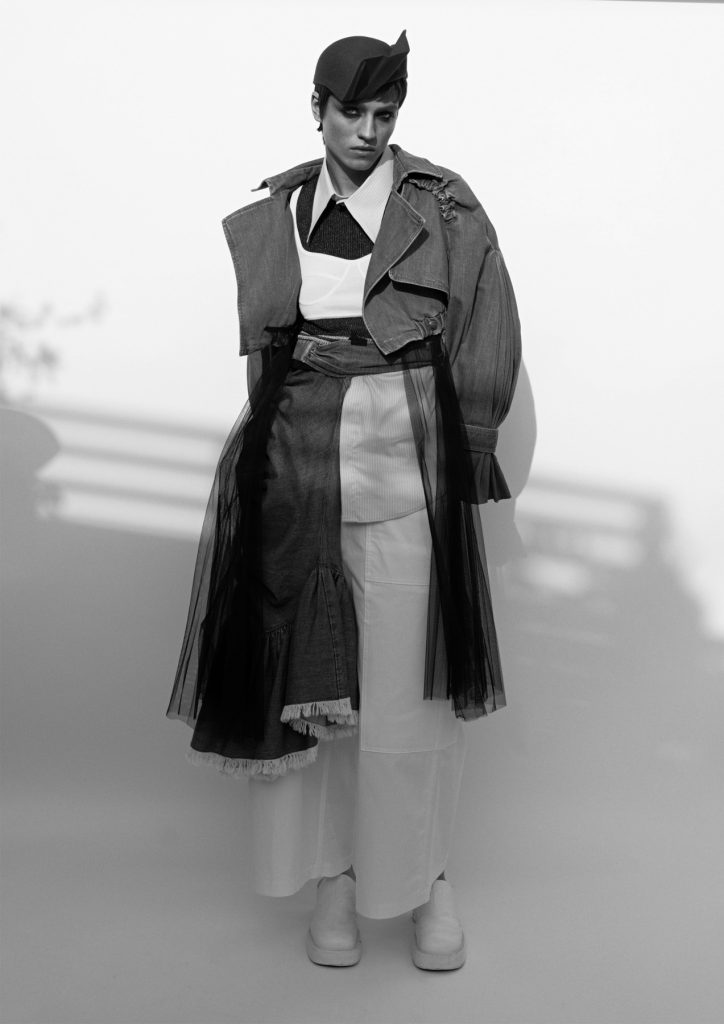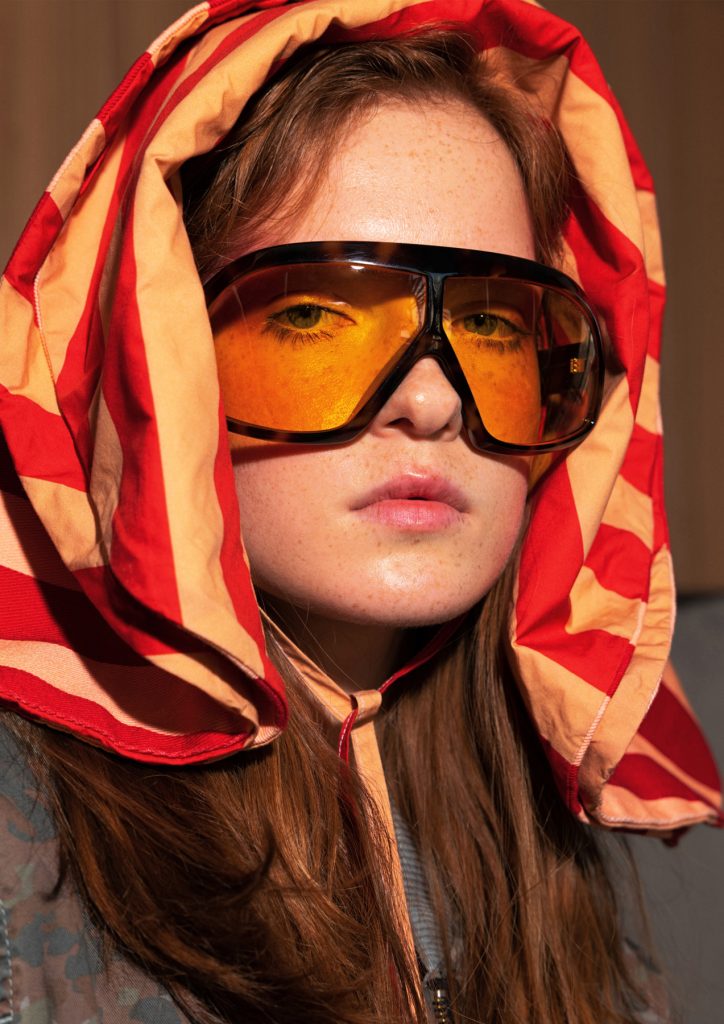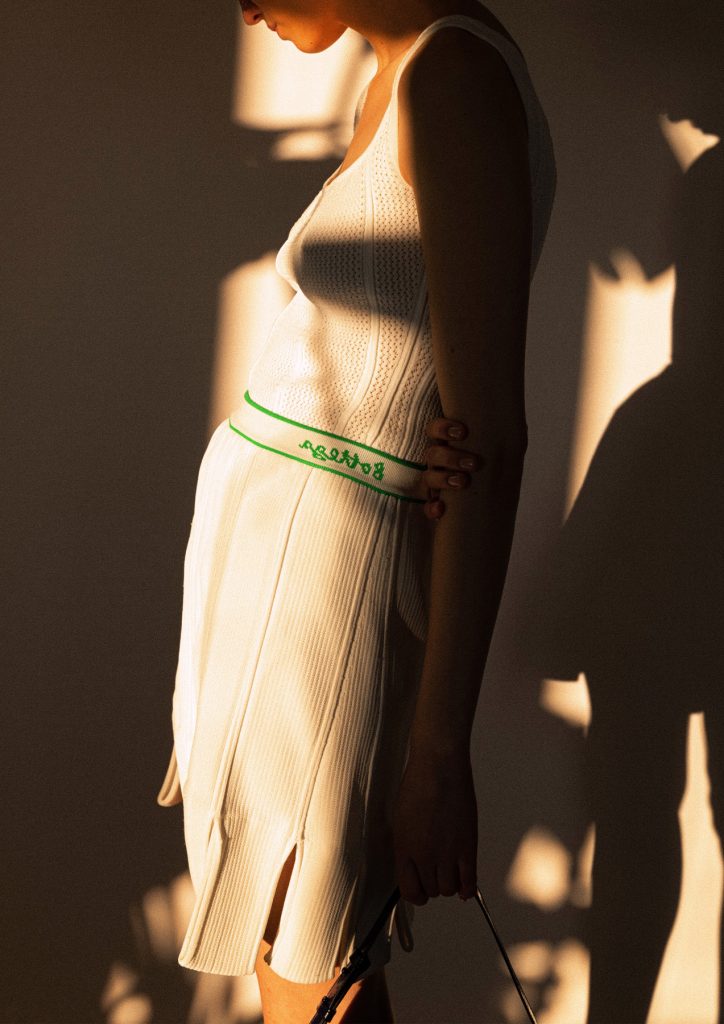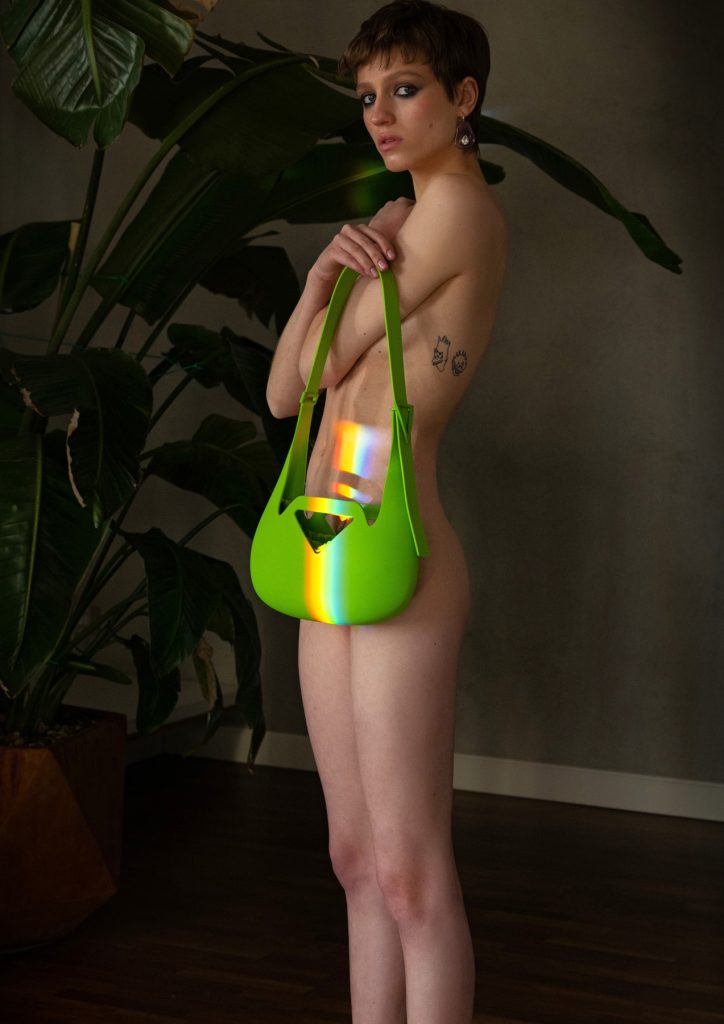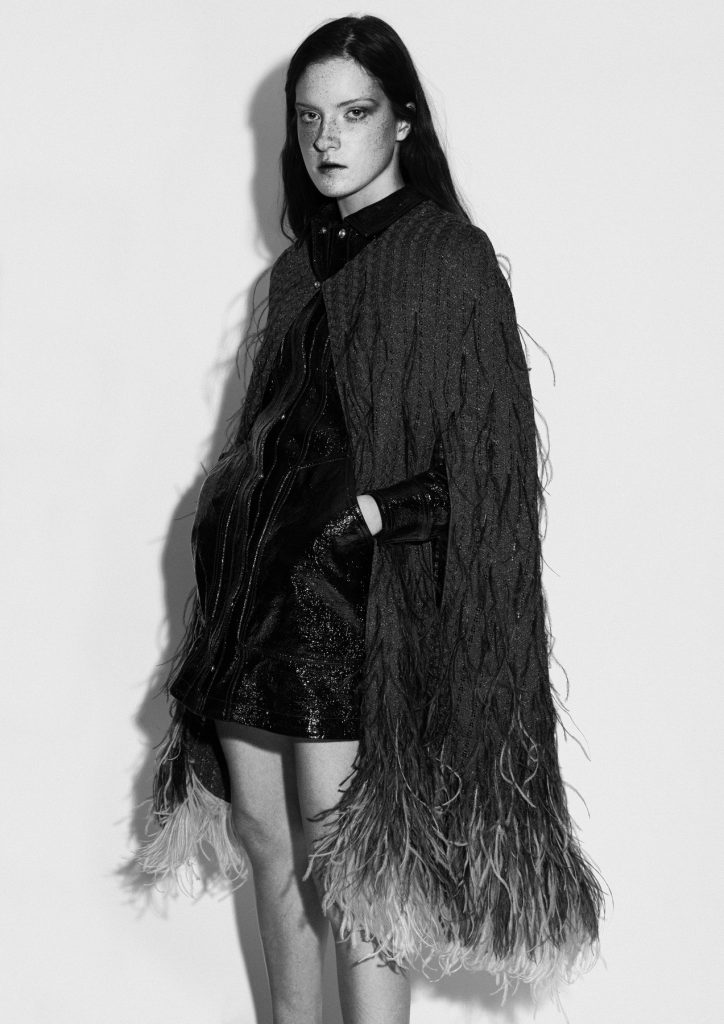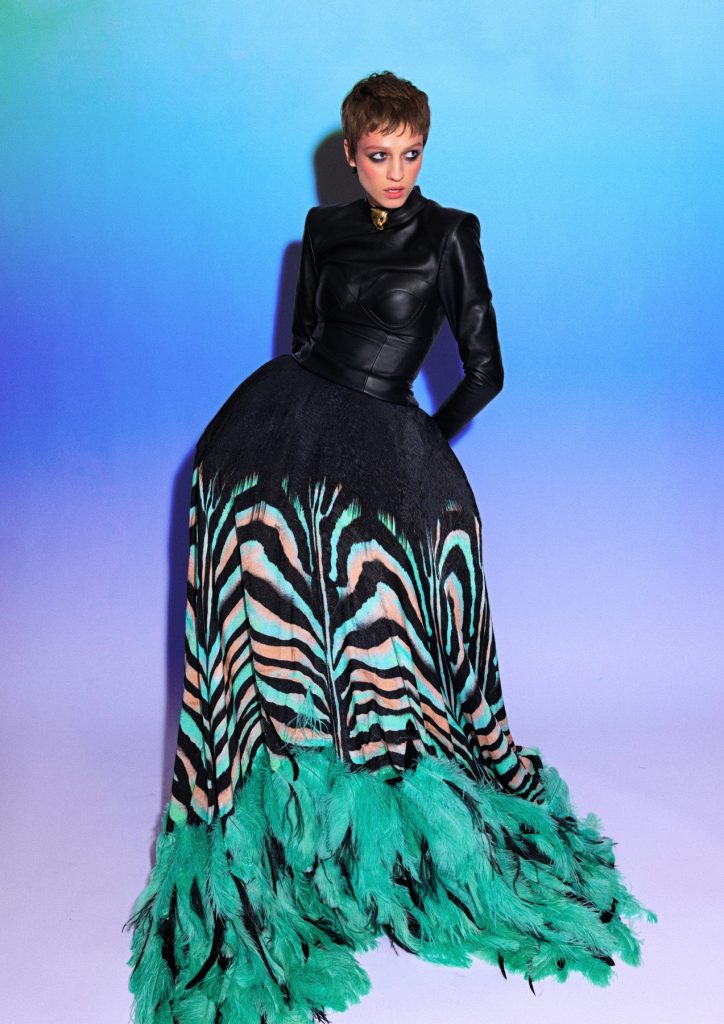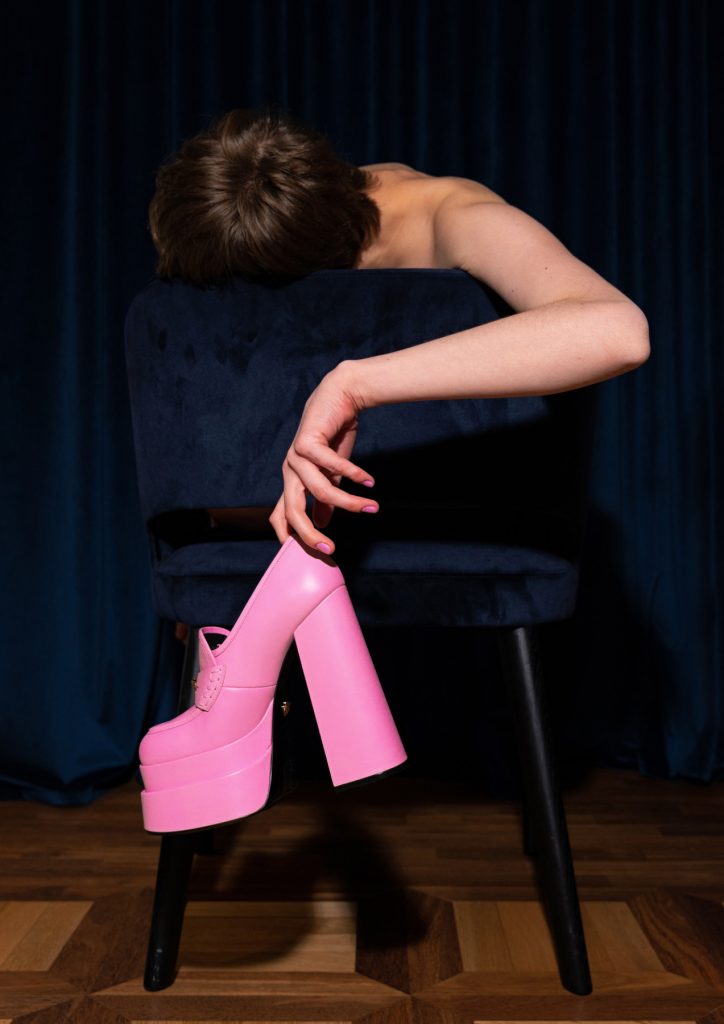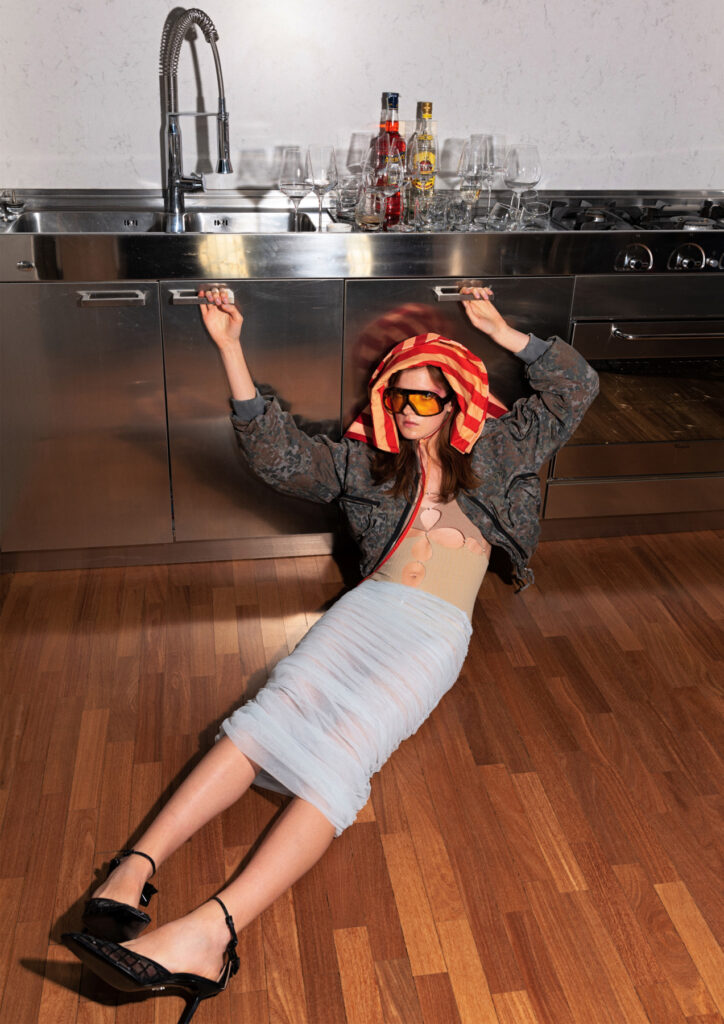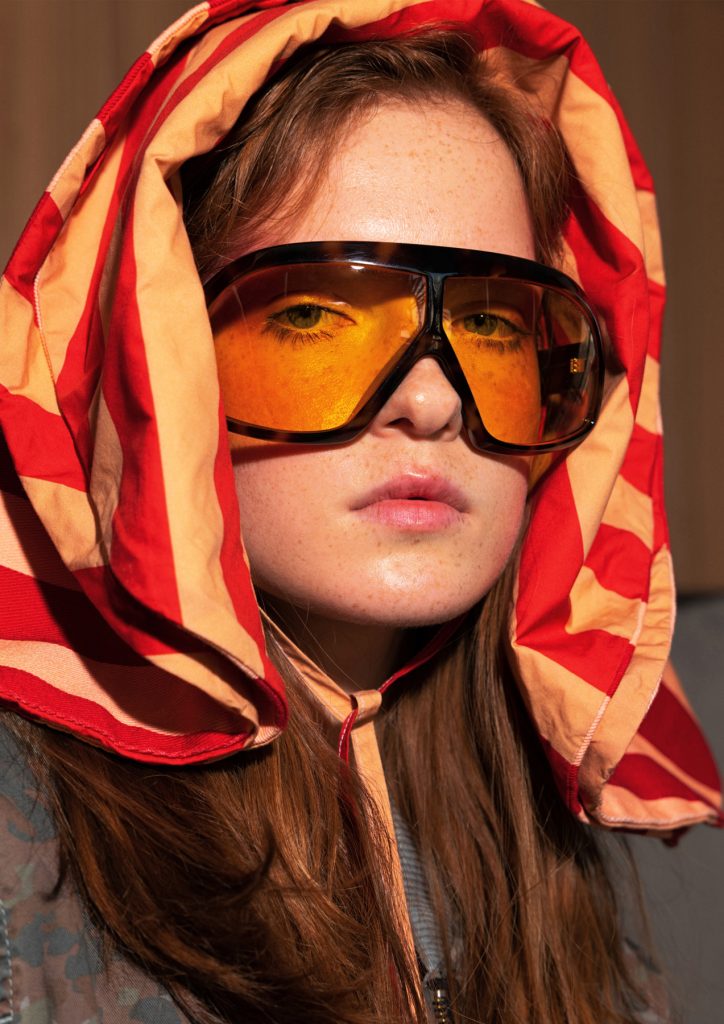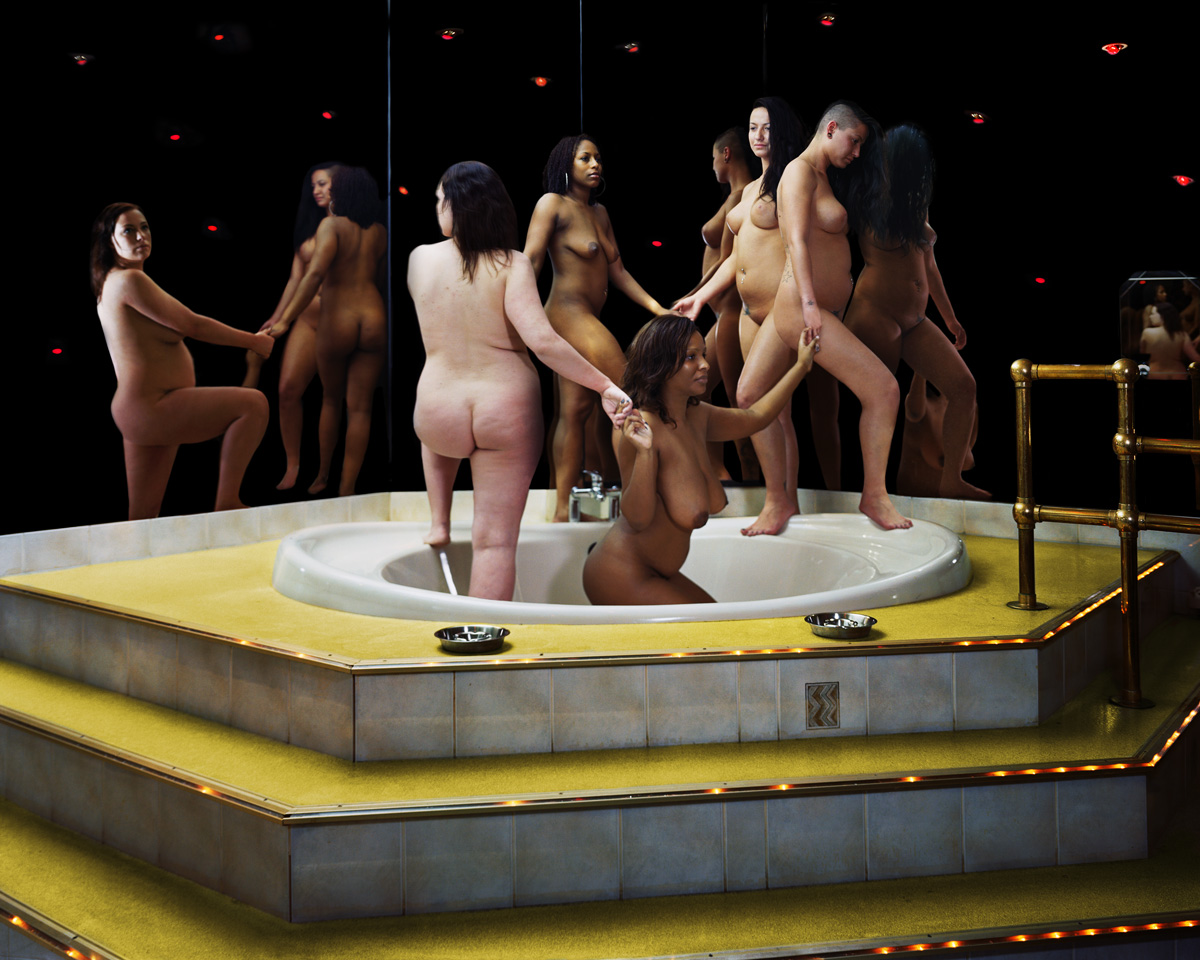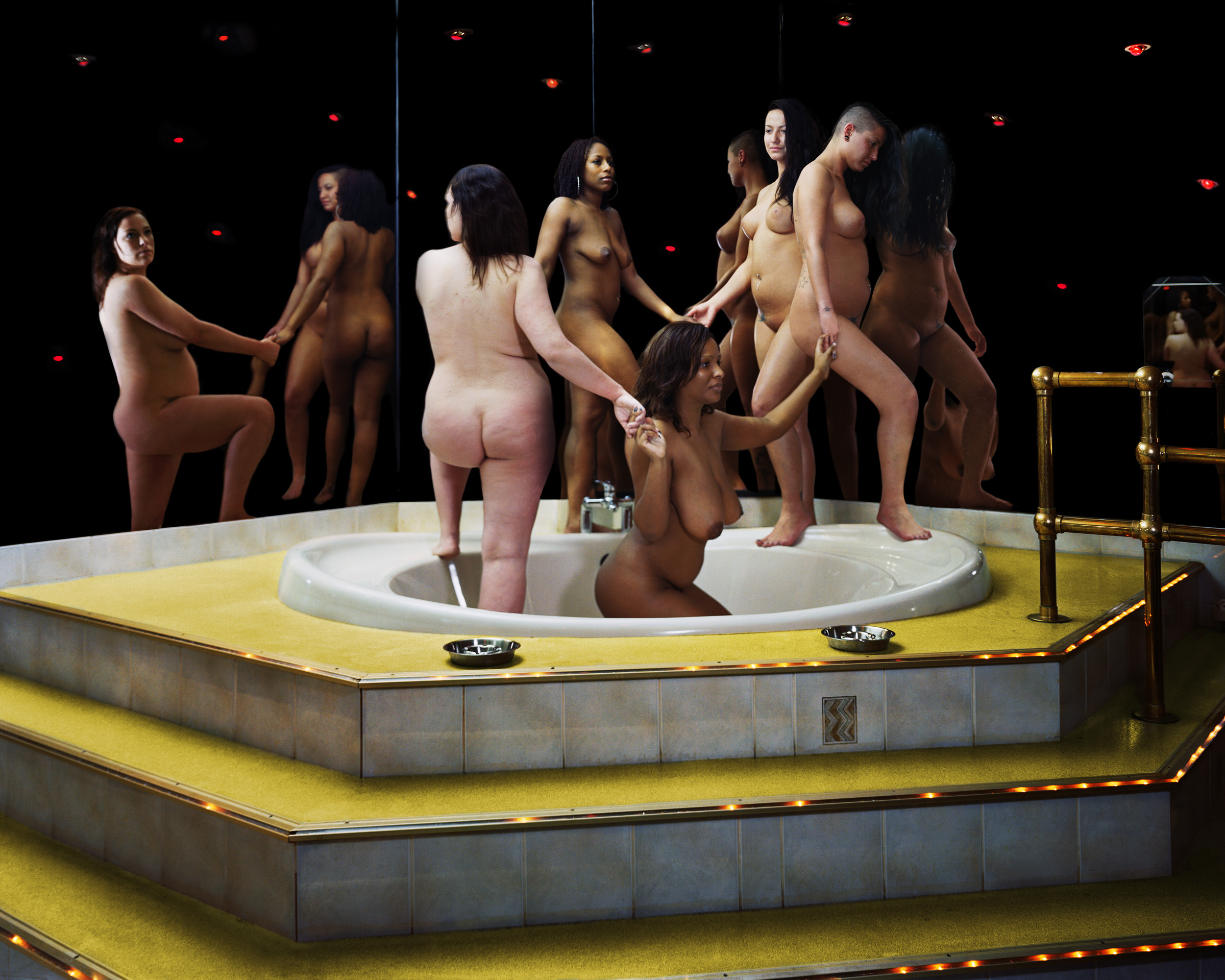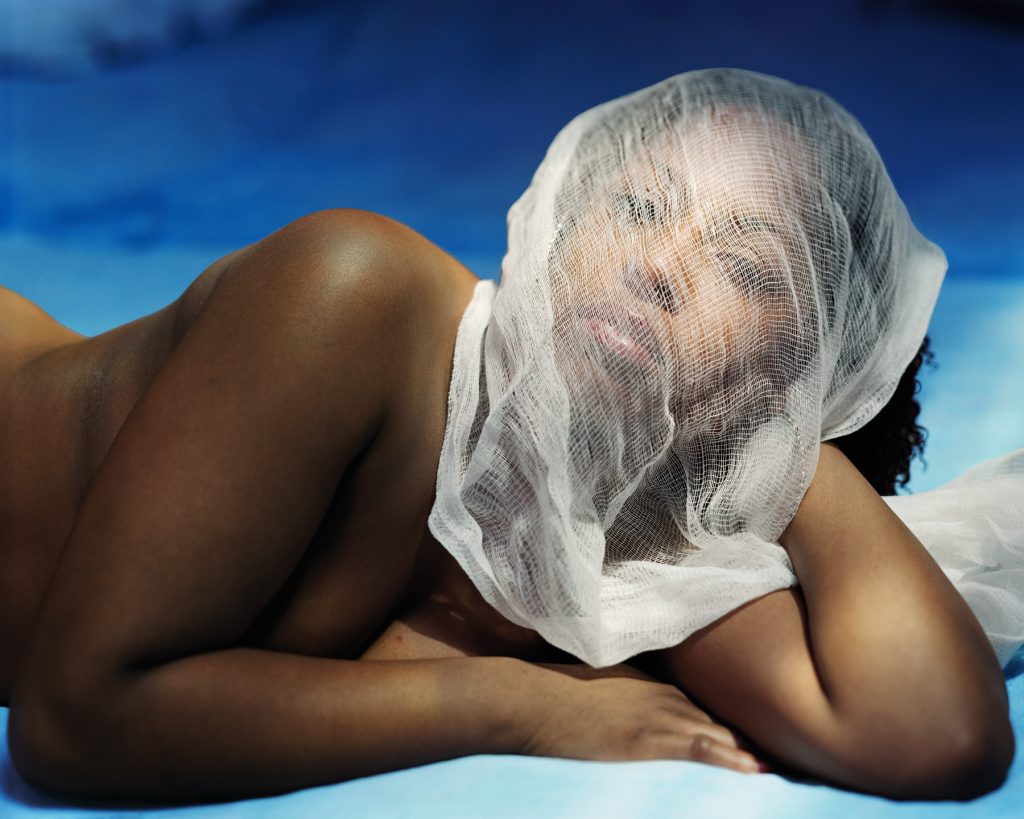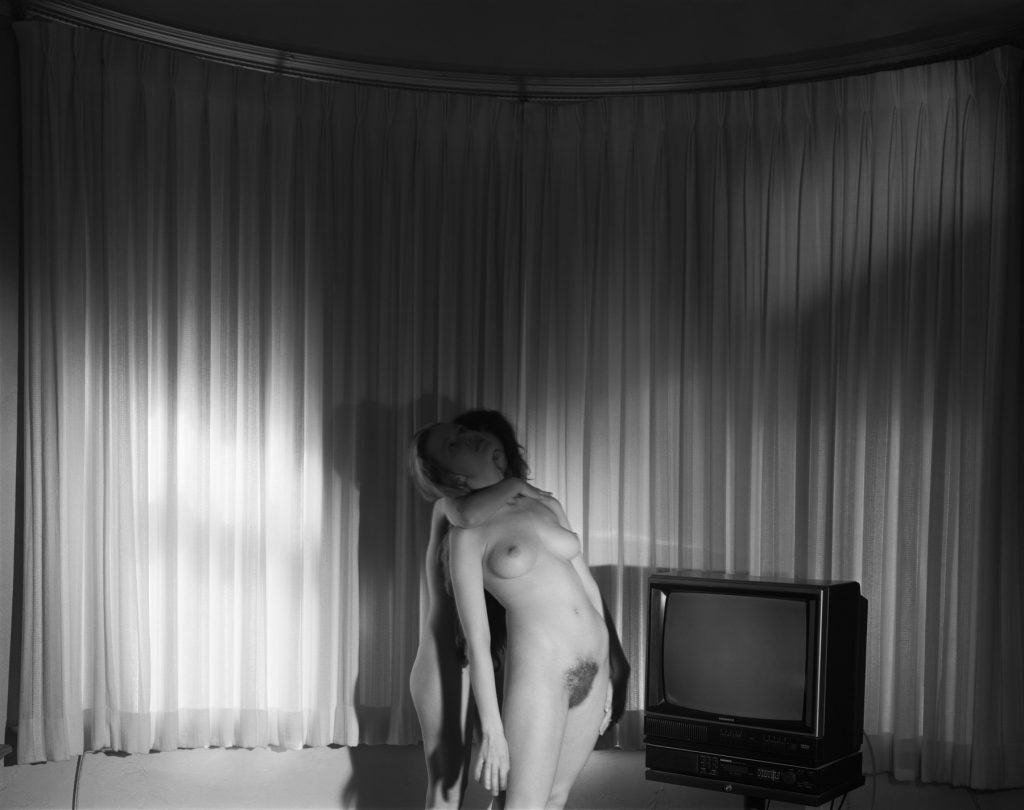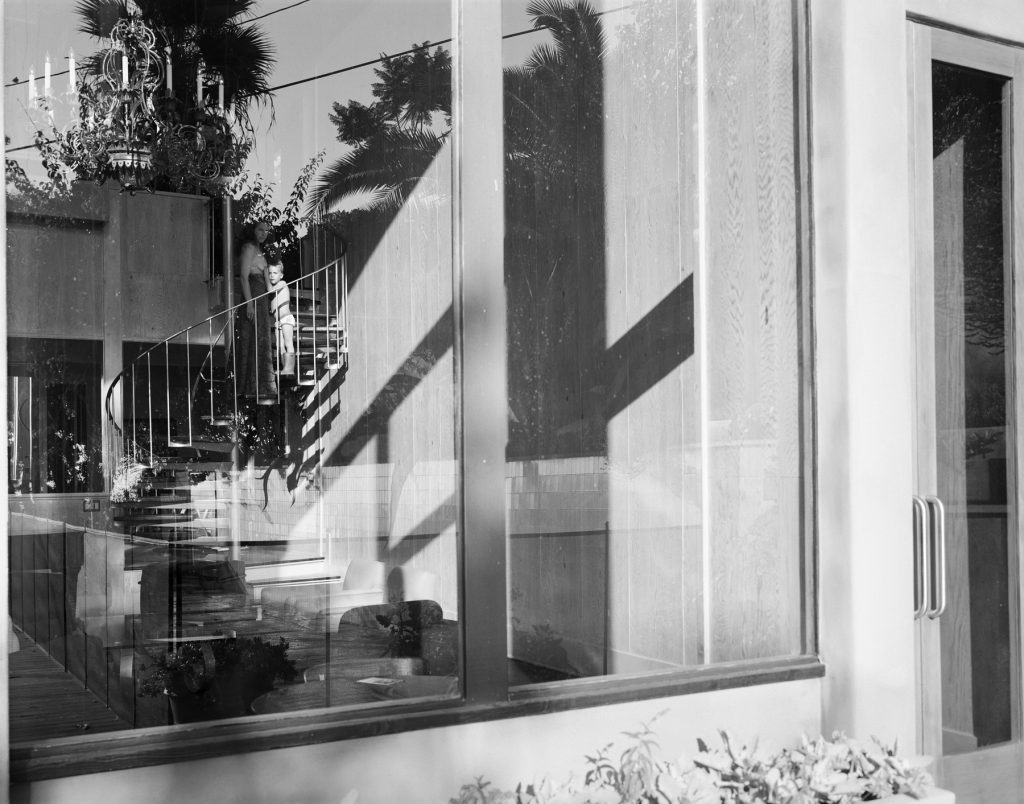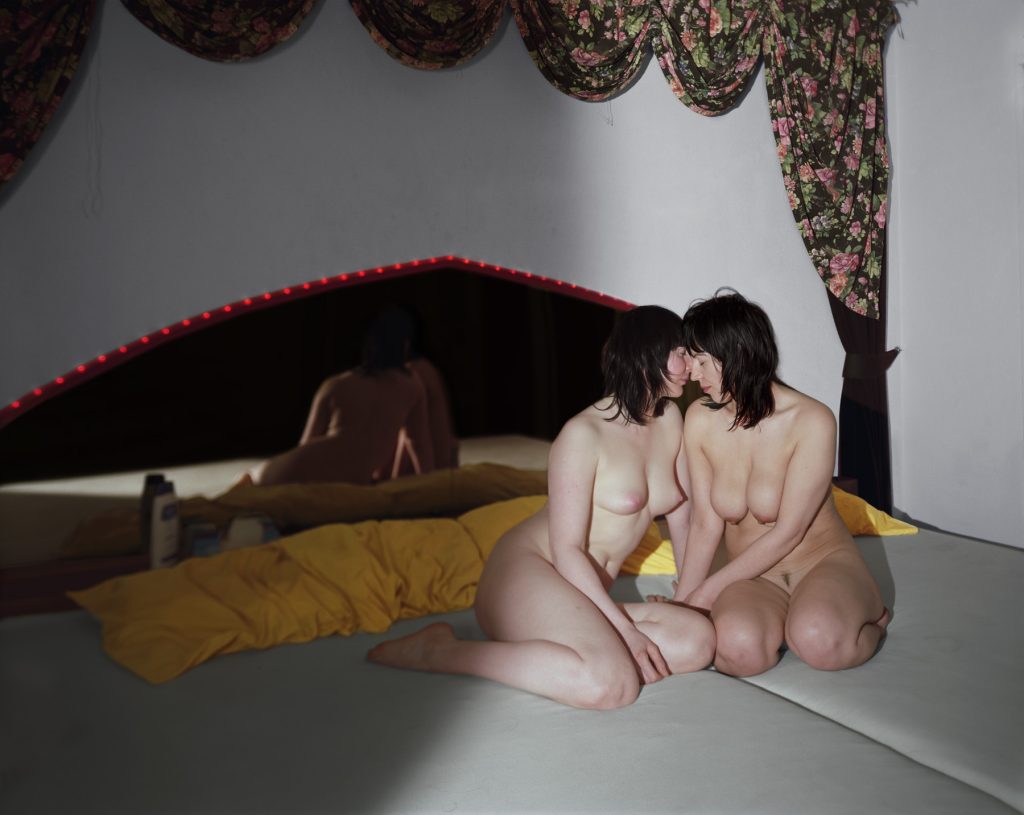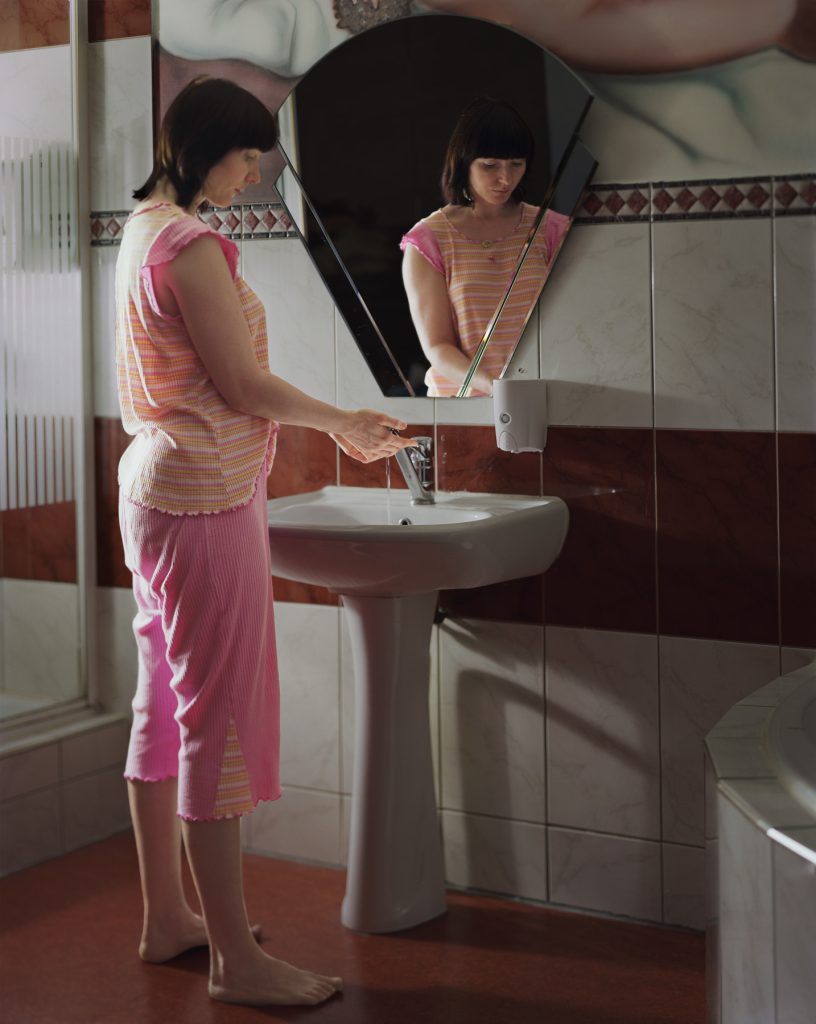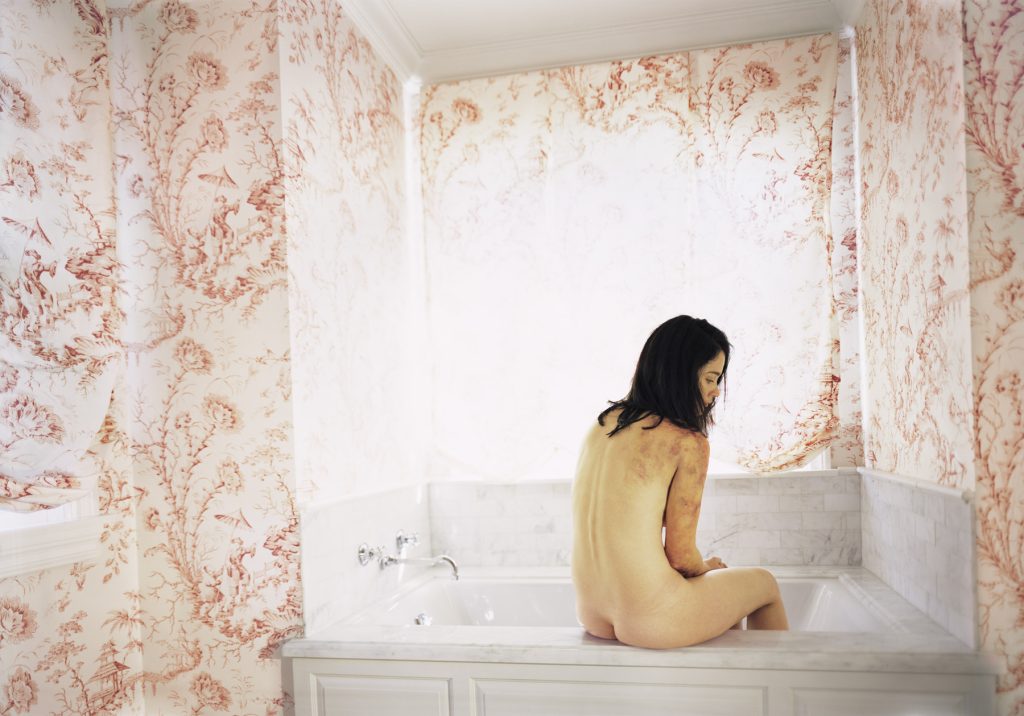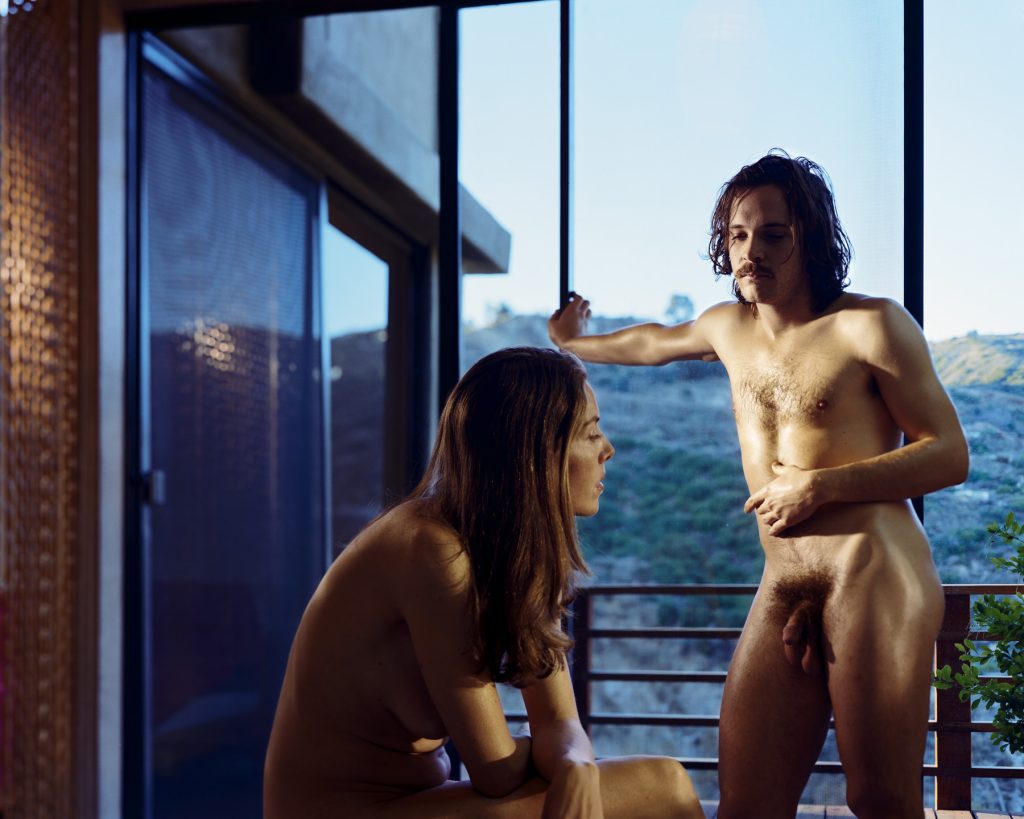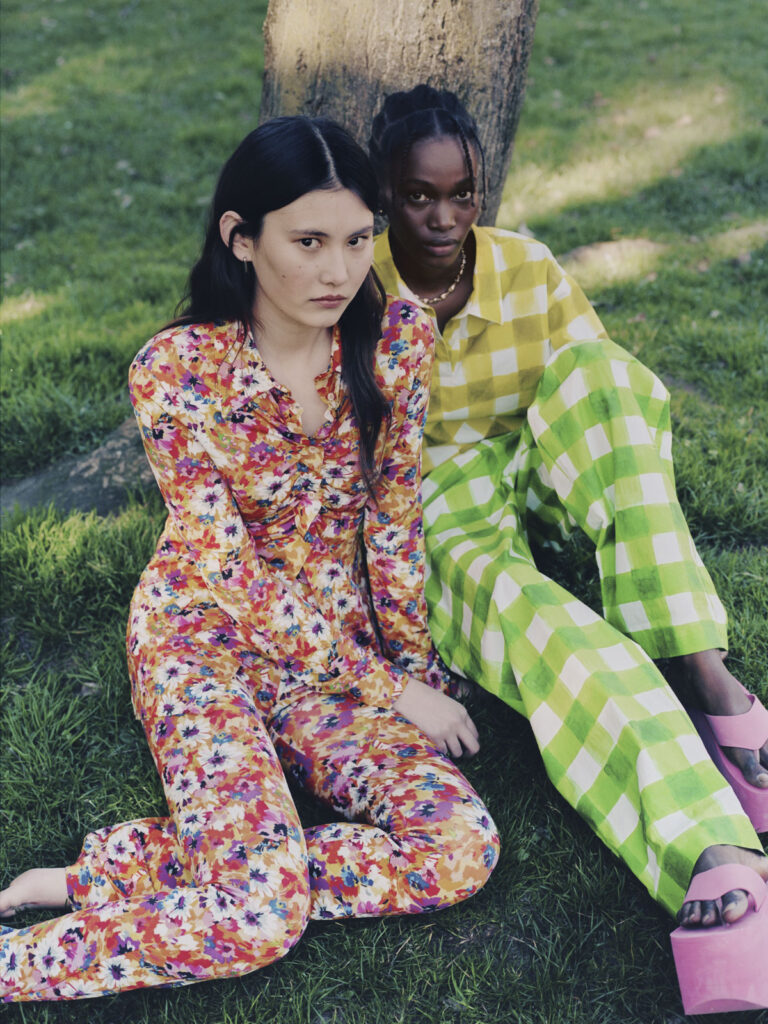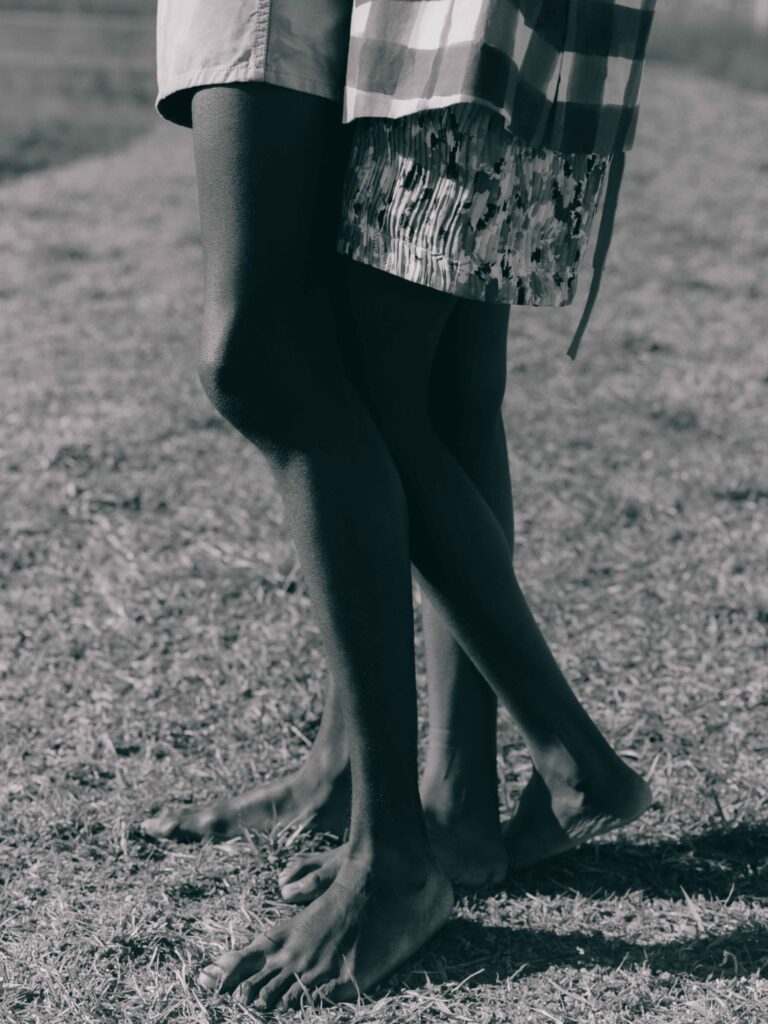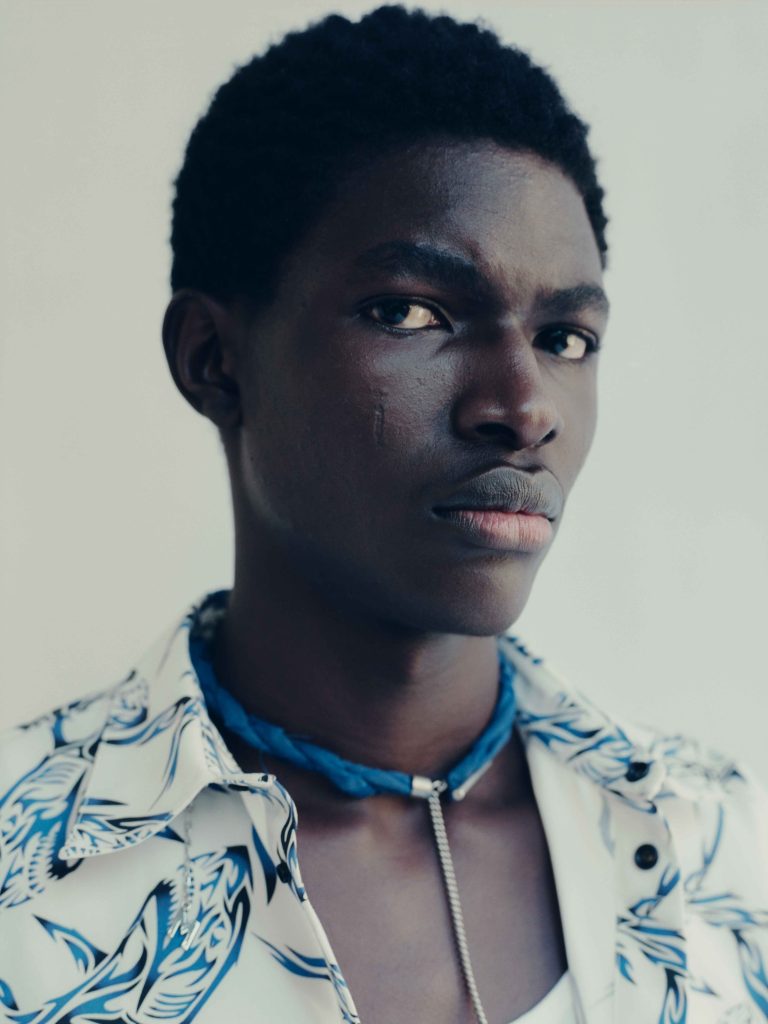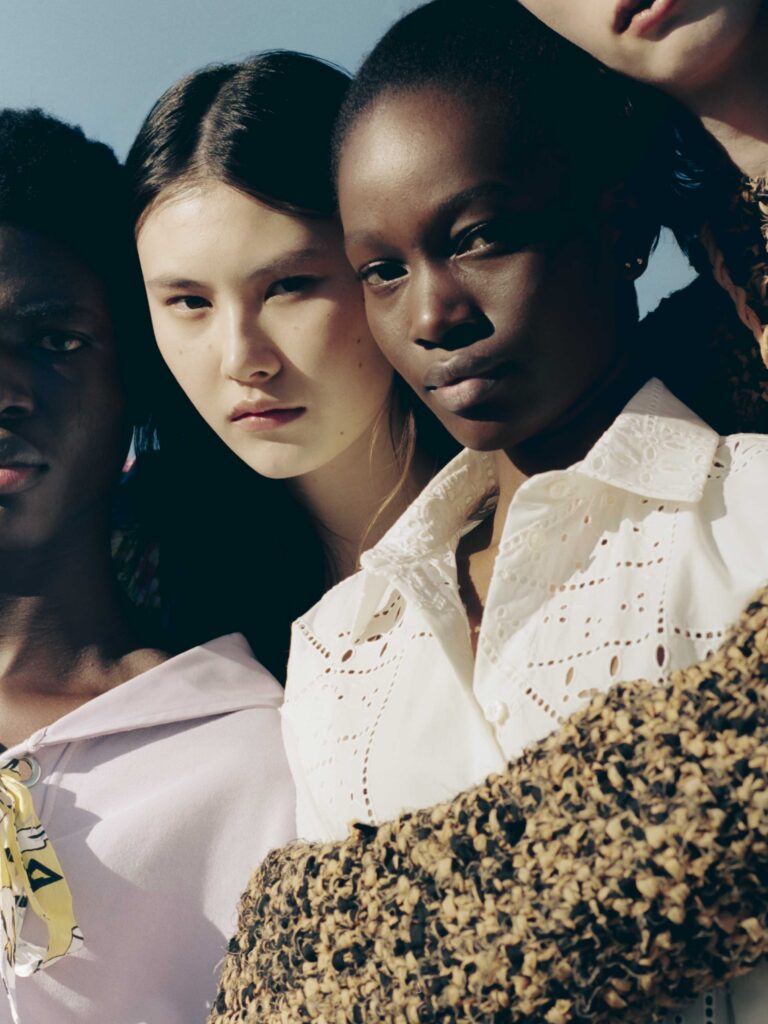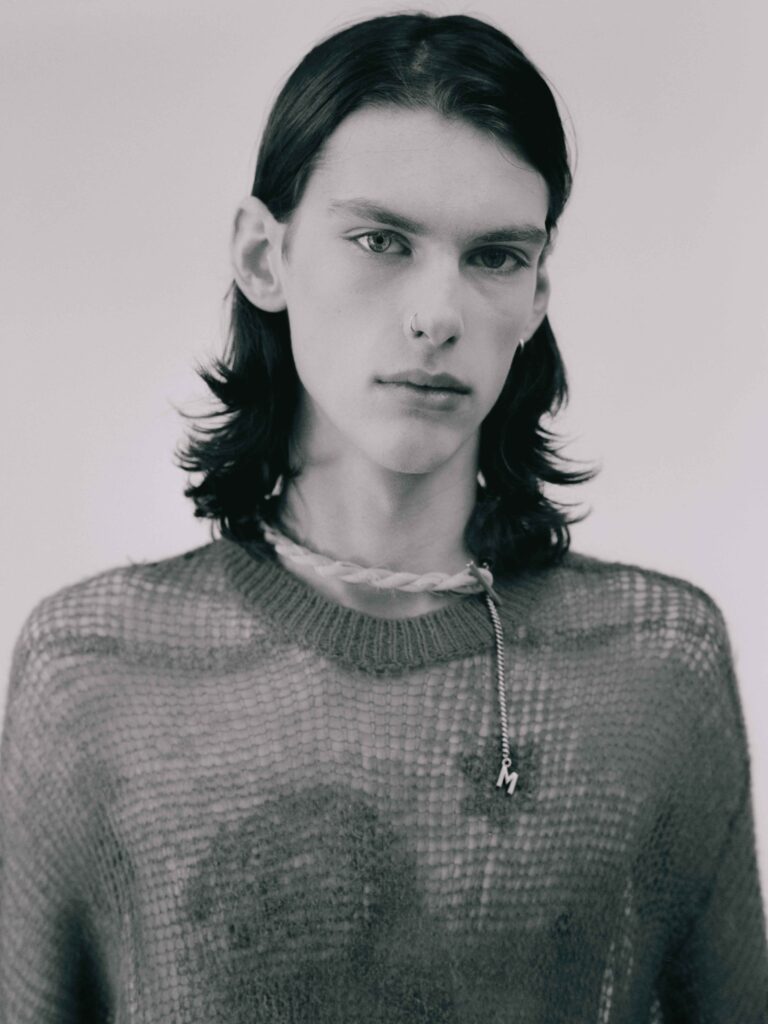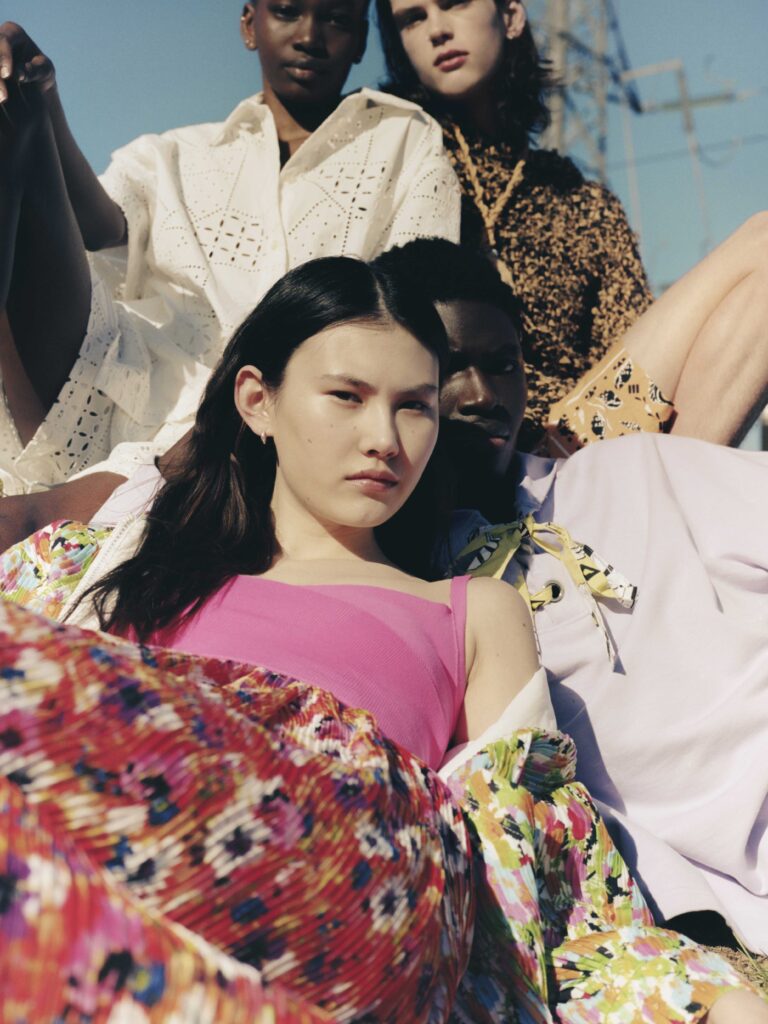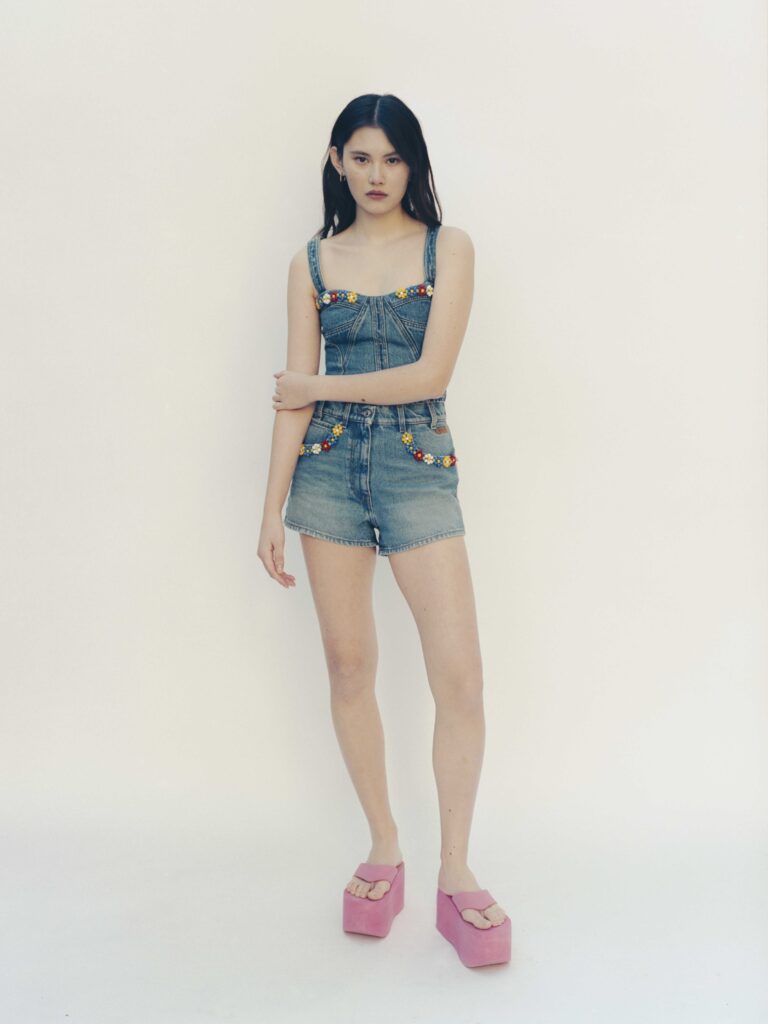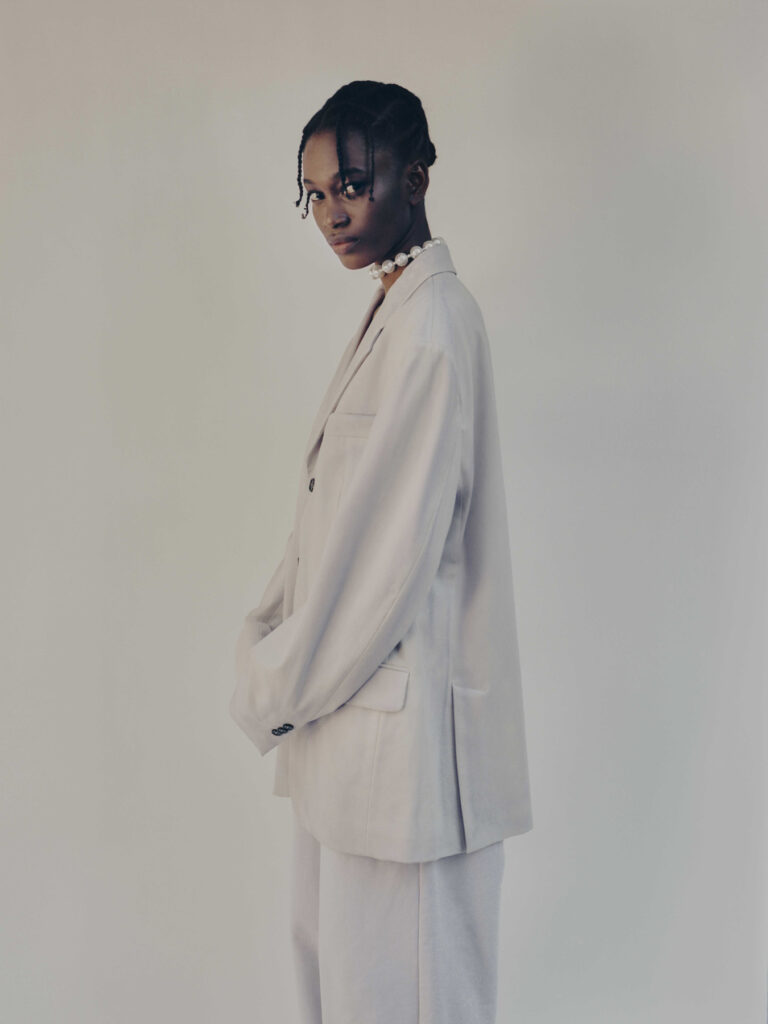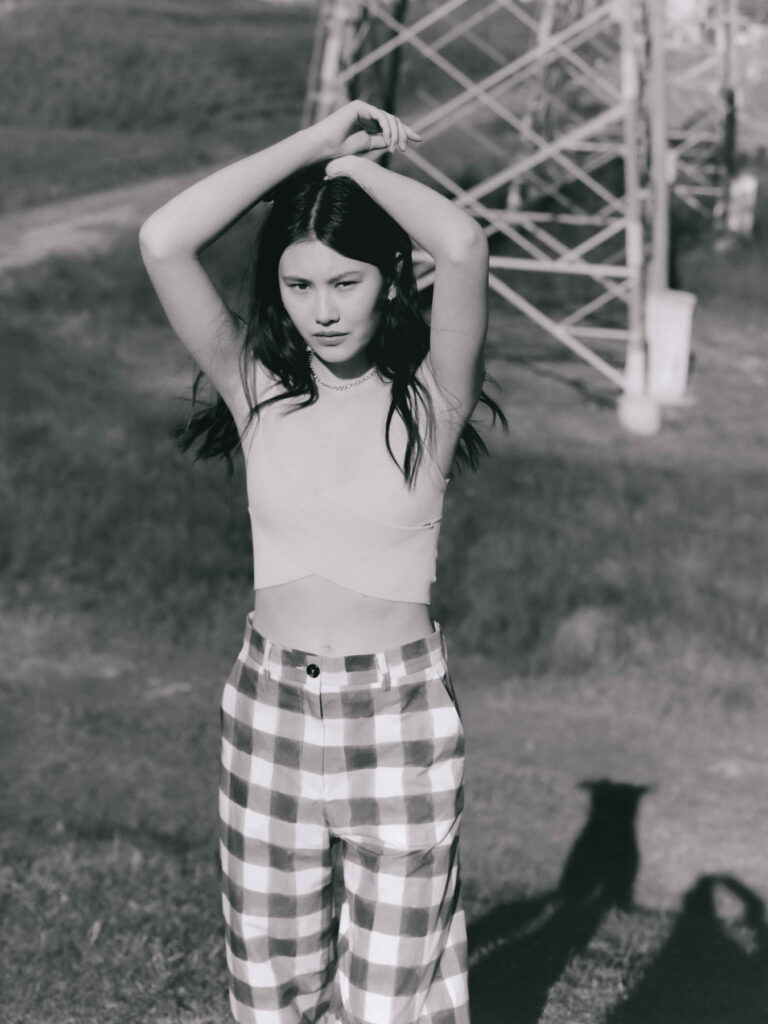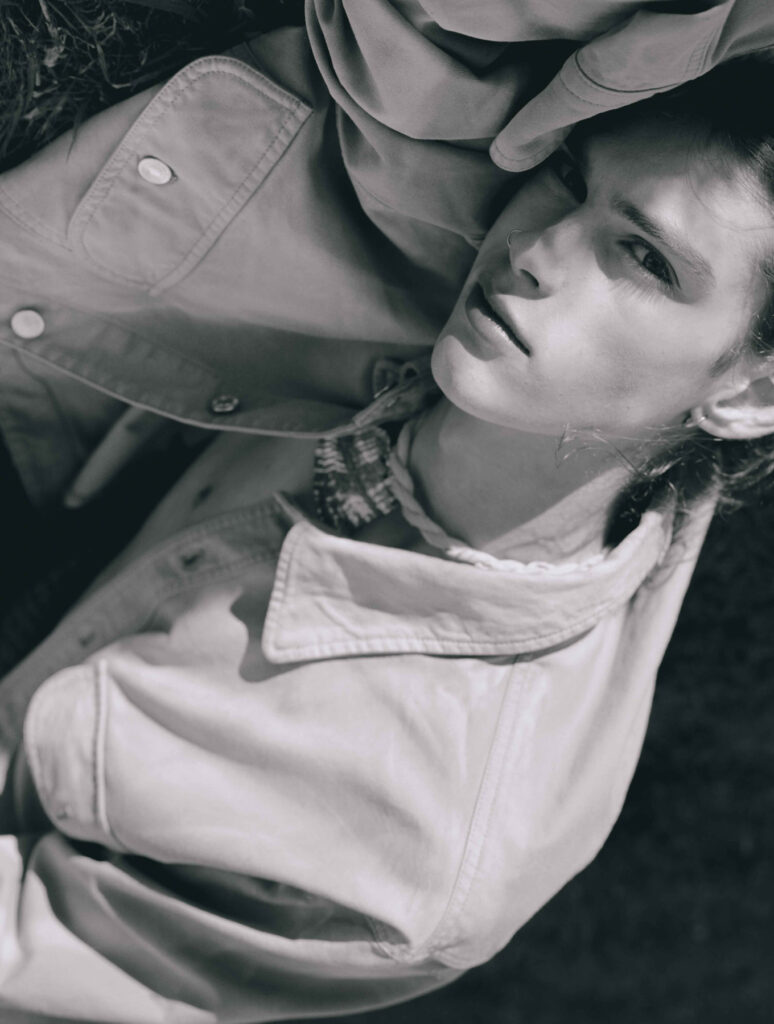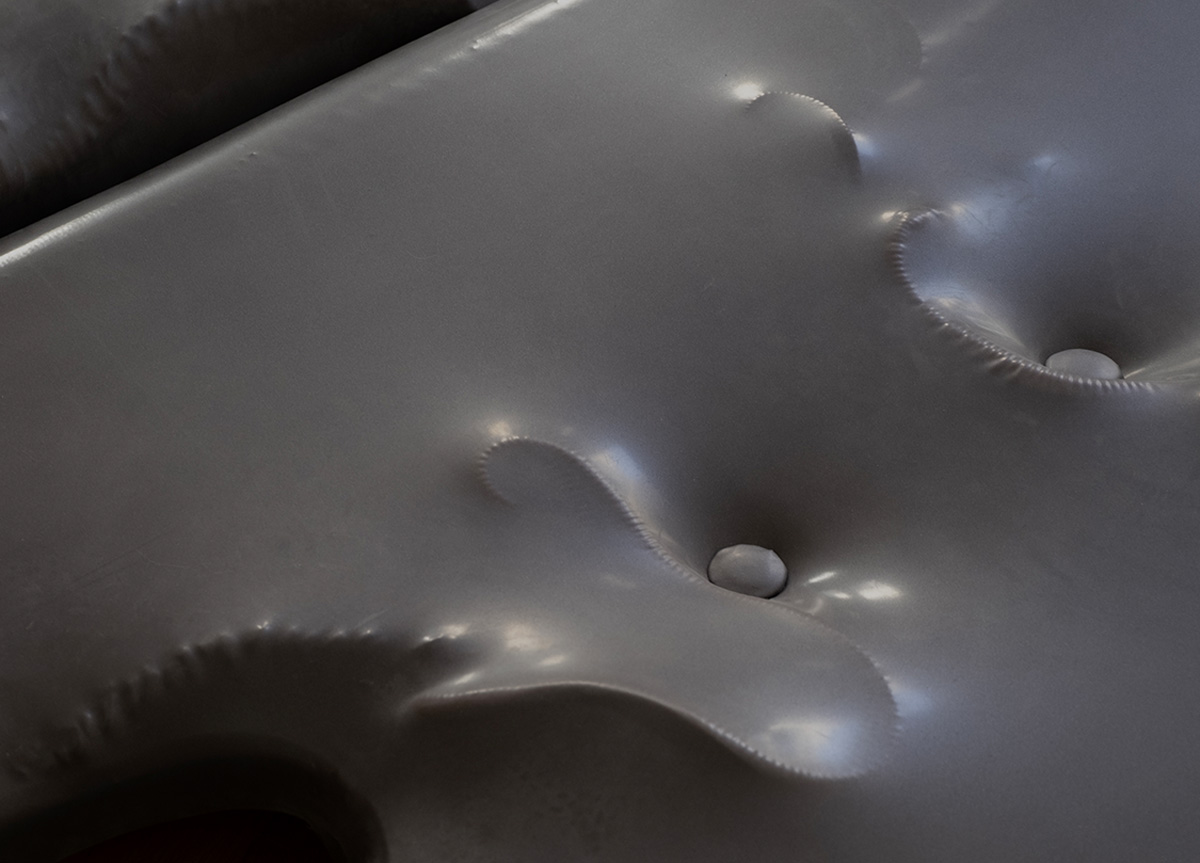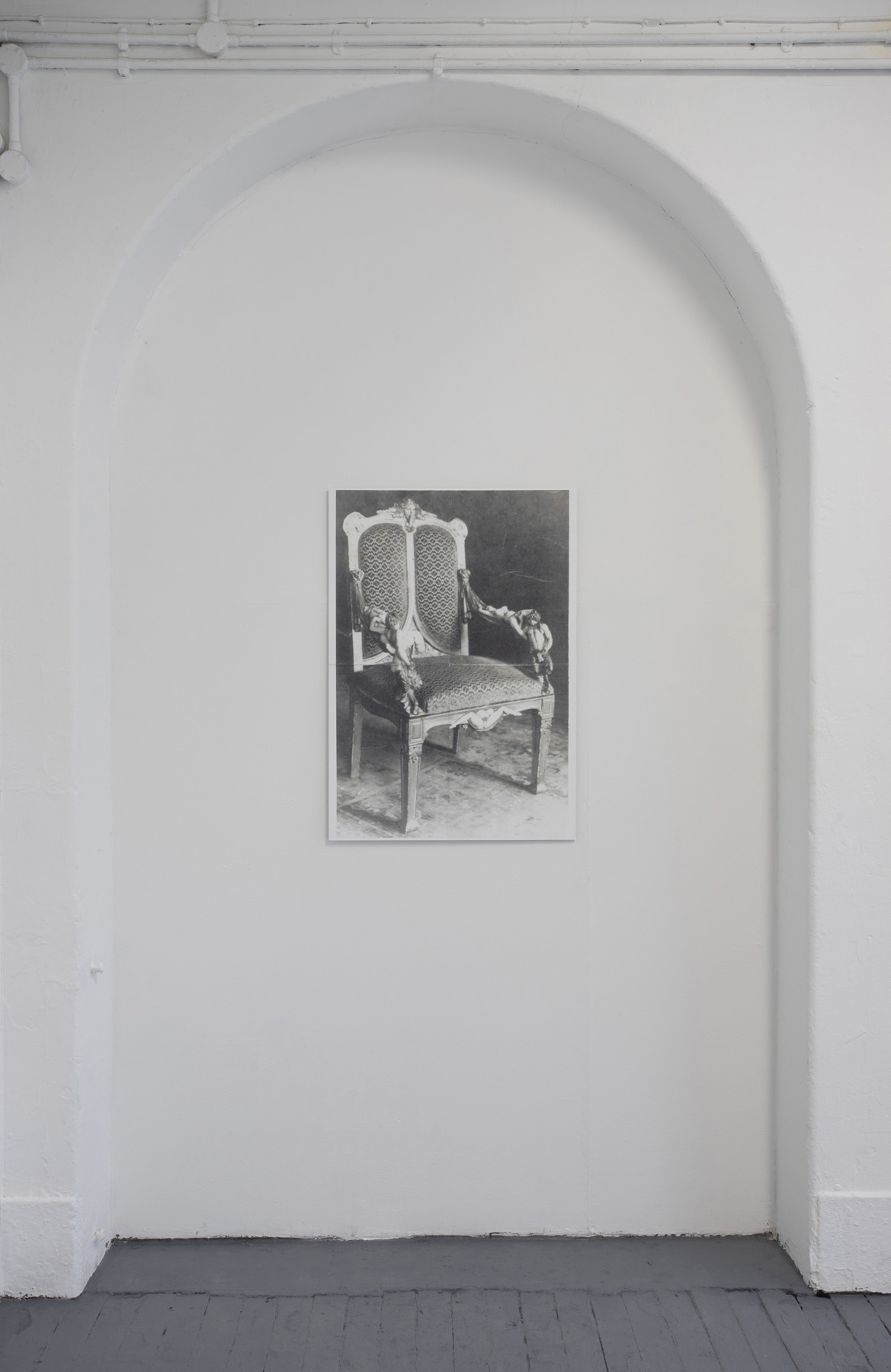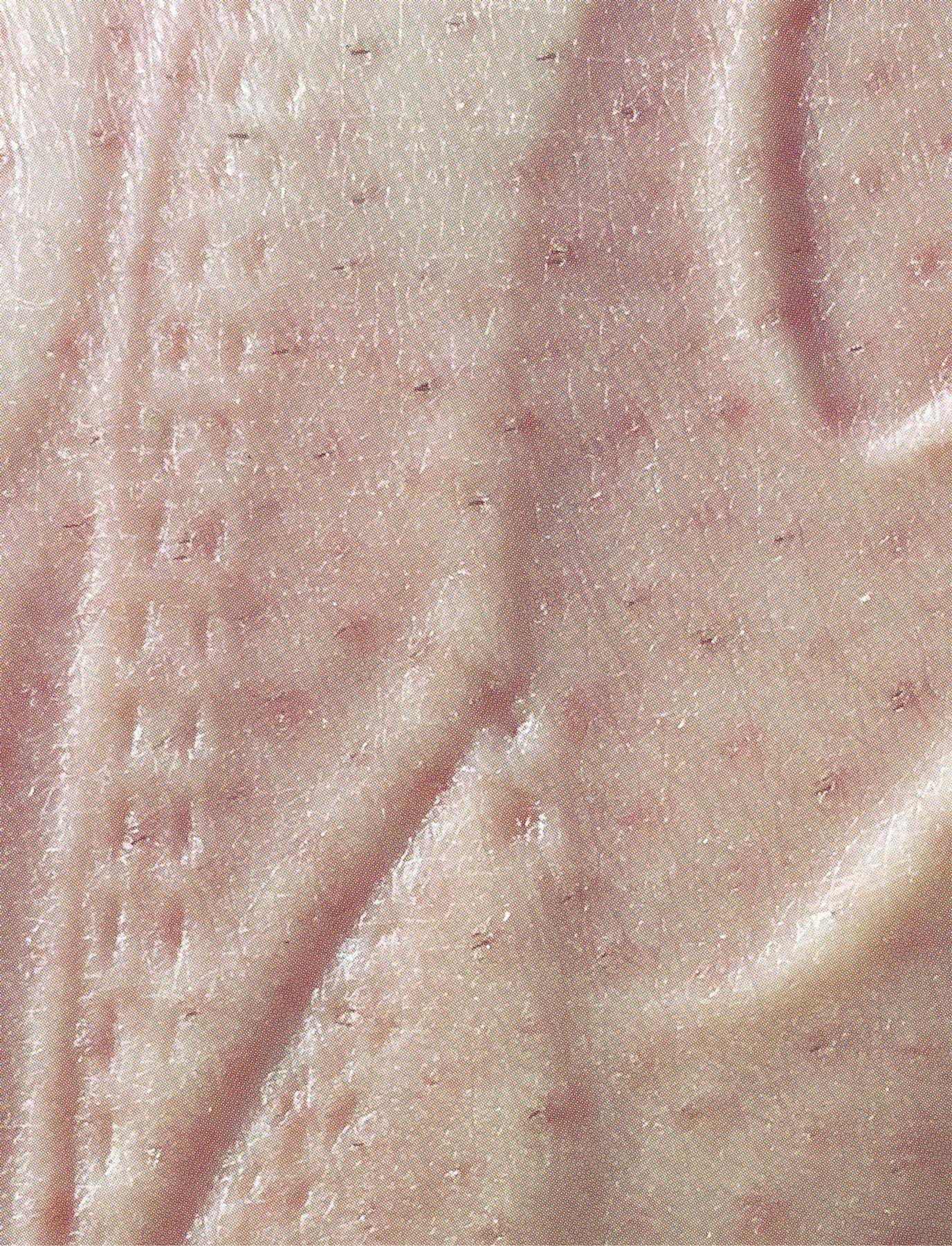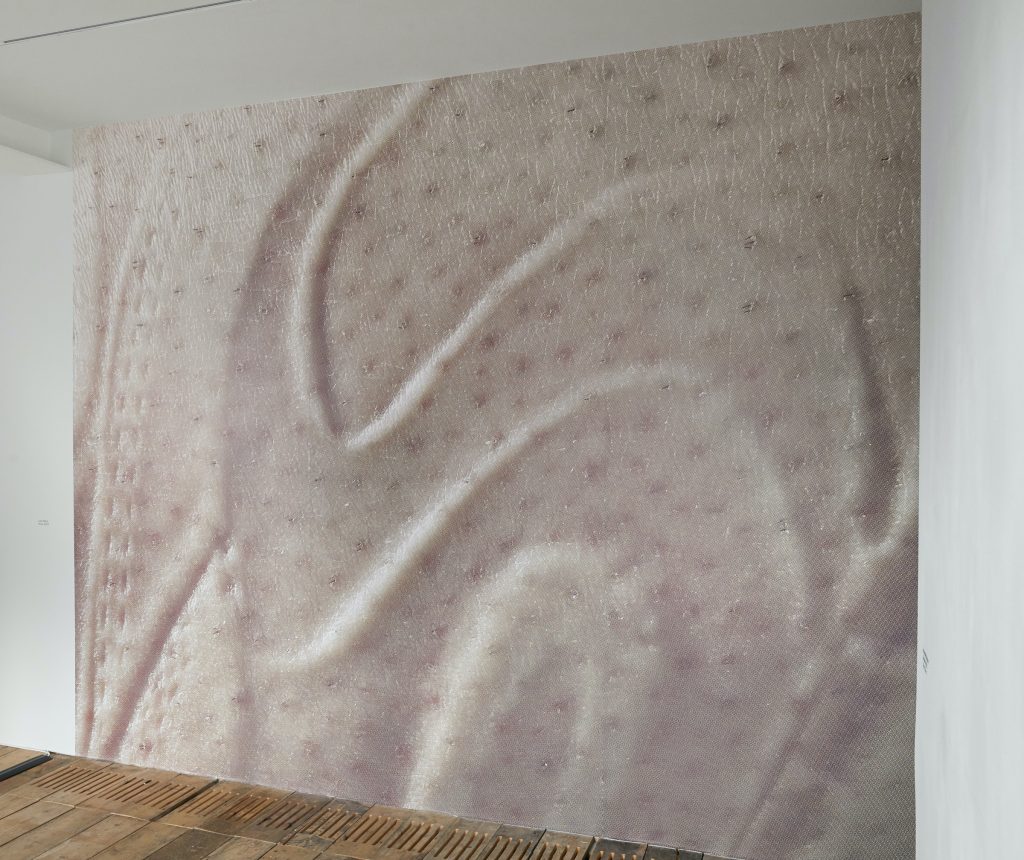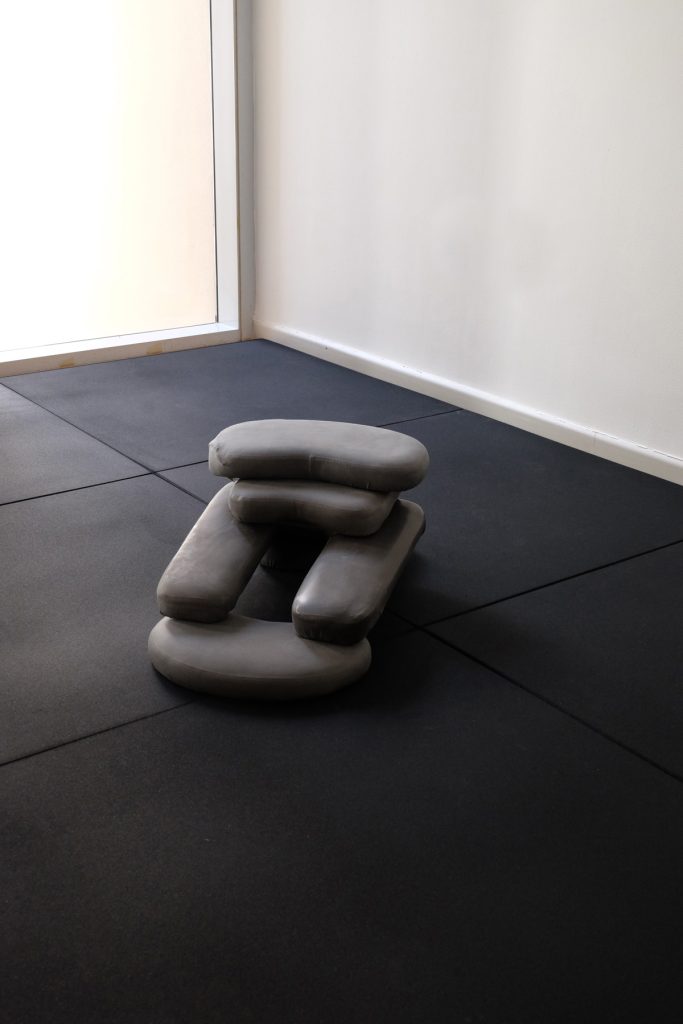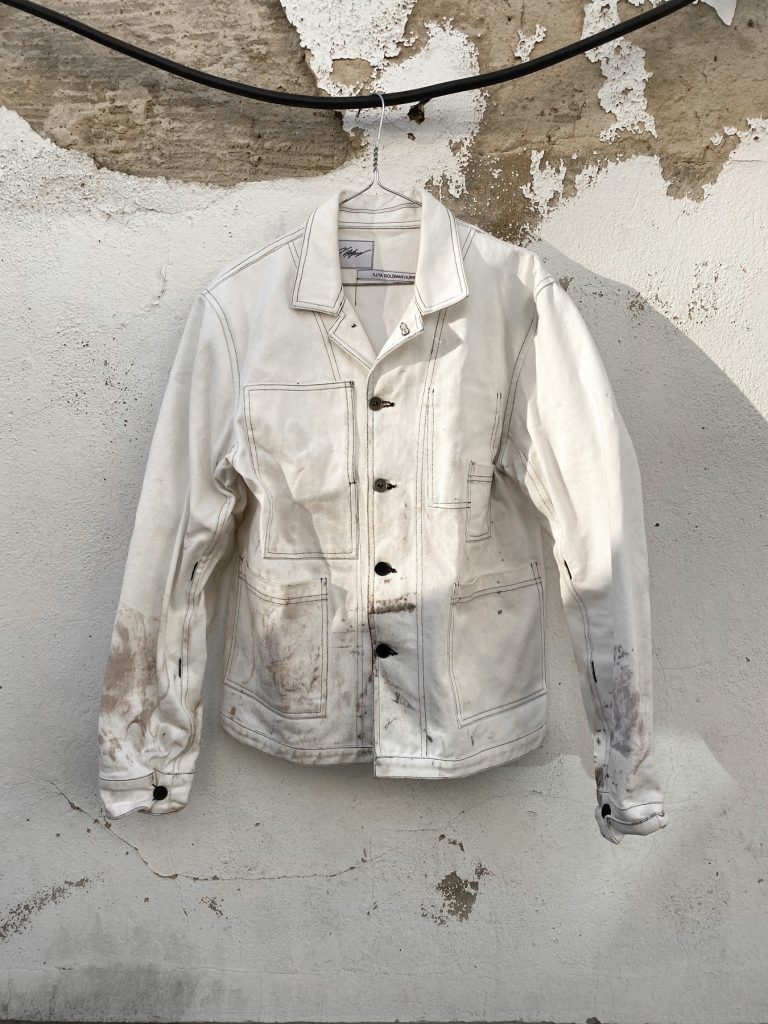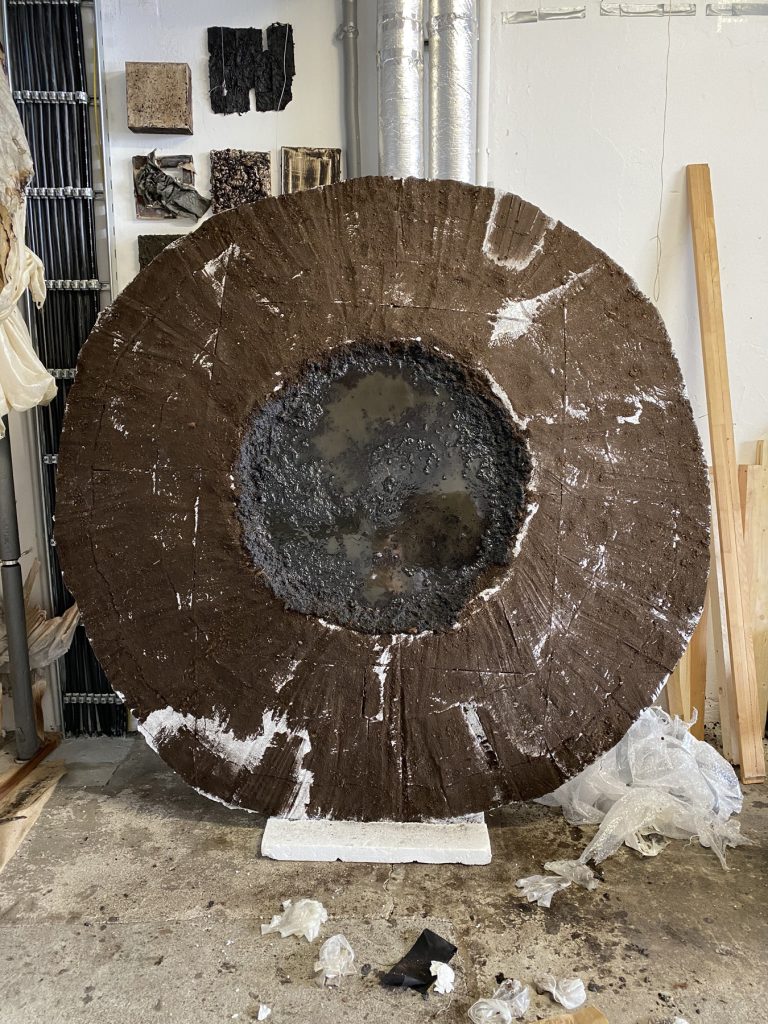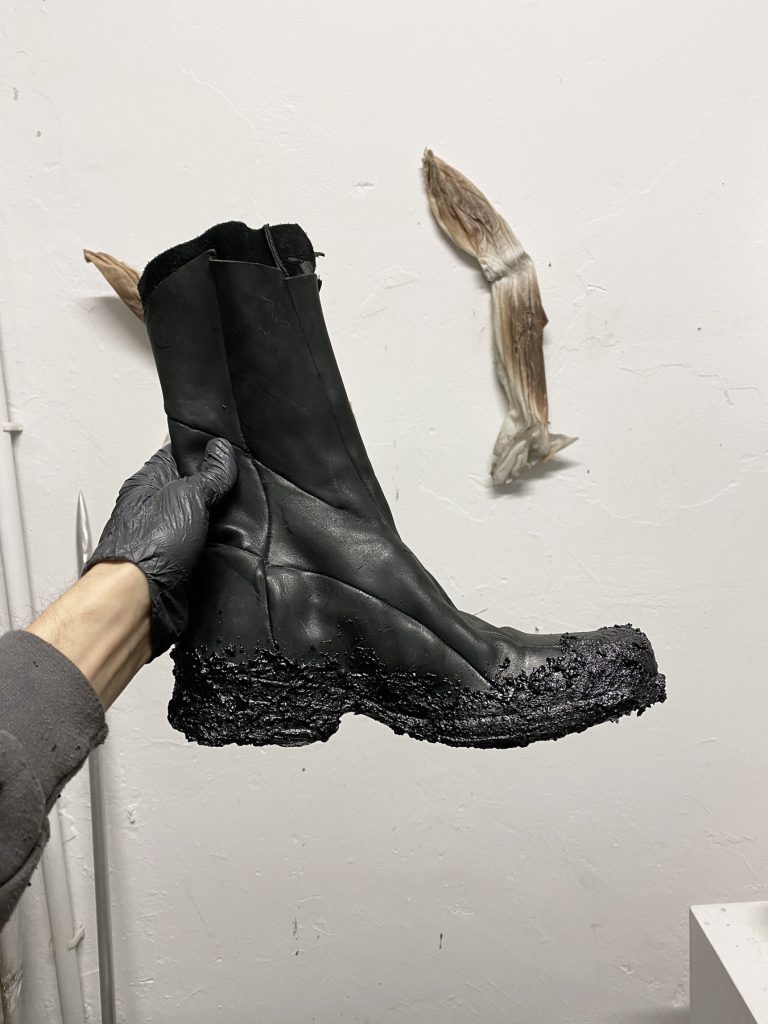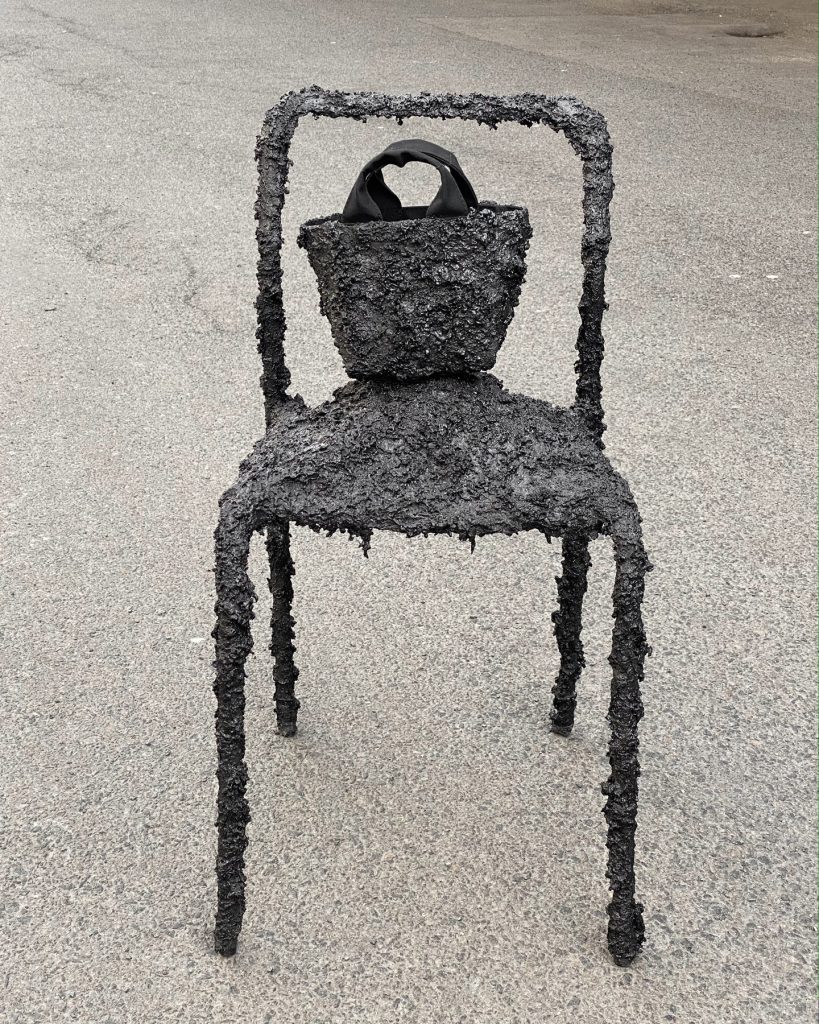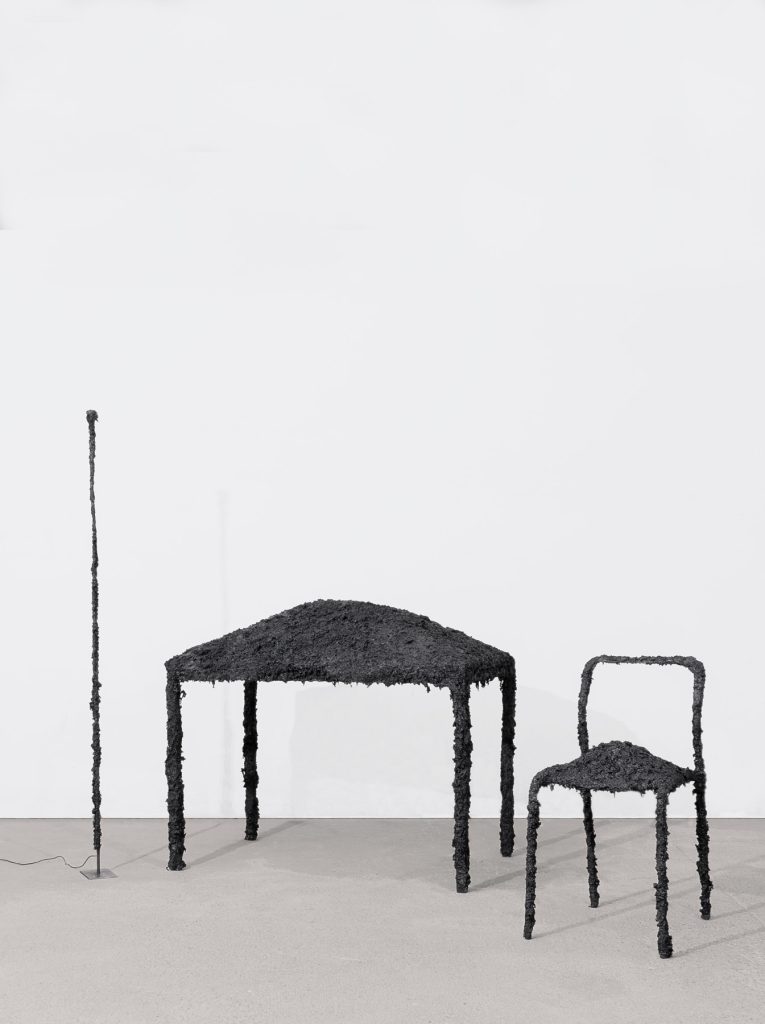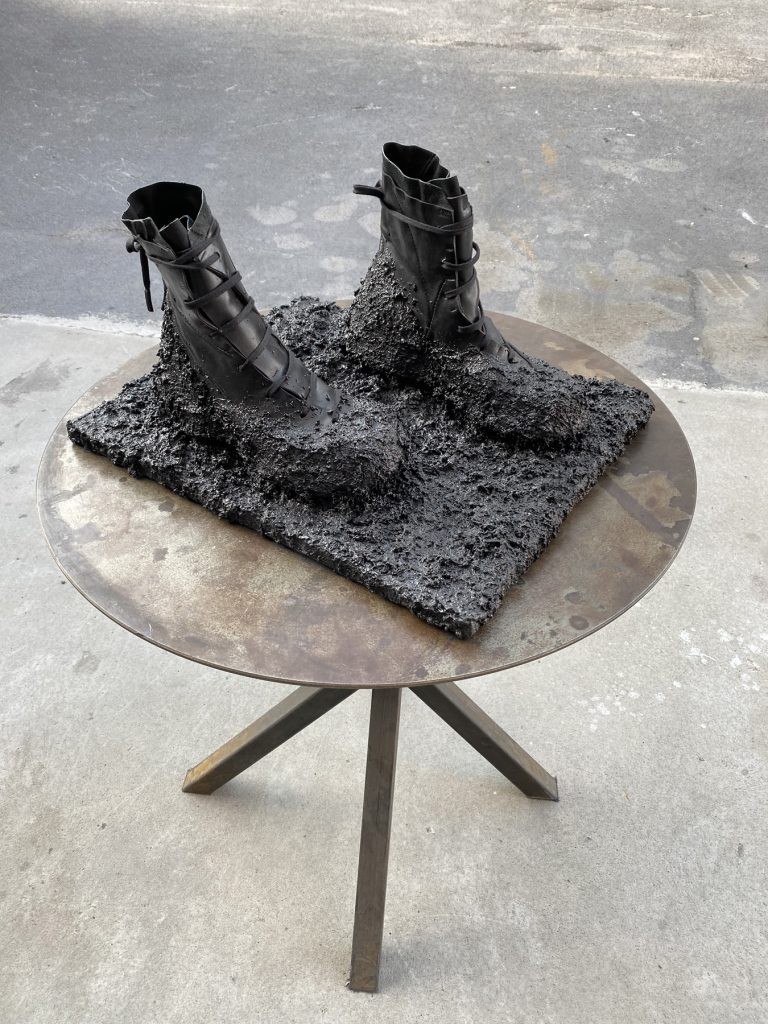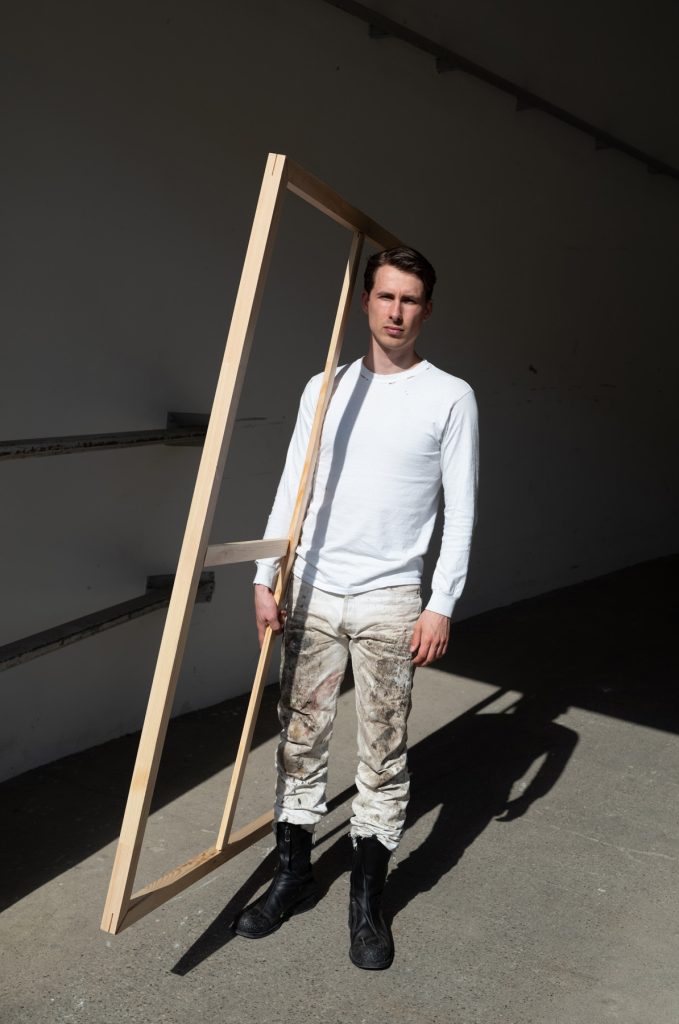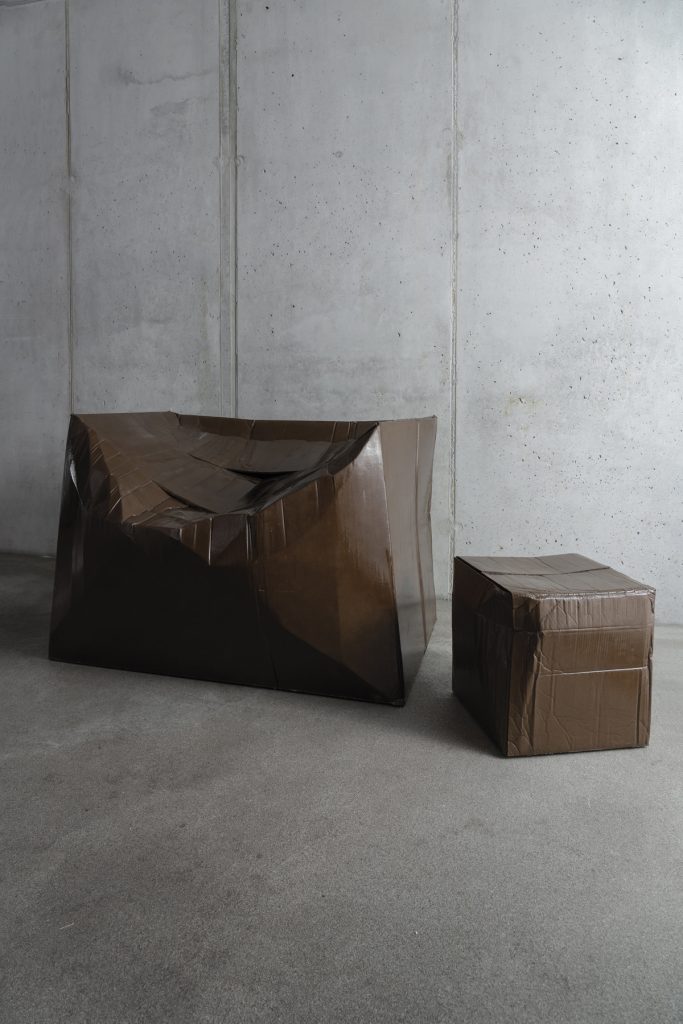
Staying behind the camera to capture the rawness of emotions
A man of few words, photographer Carmine Romano prefers to hold the camera and point the lens to his subjects rather than be the subject himself. In doing so, he captures the rawness of the Italian lifestyle and living, often becoming an observer of a scene rather than the participant. His images overflow with the nuances of serendipity and home, charged with liberation and a promise of self-expression. With NR, the photographer displays the exclusive space he has carved for himself, a realm where his clipped sentences weigh a thousand ideas.

NR: There is a documentative sense in your photography. Do you view your style the same way – a documentary? Whenever you capture the images of people, it feels as if you are photographing their real selves. Is the rawness of people the emotion you want to capture?
CR: Yes. I feel that my style leans more towards a documentary-like photography than fashion photography. My goal is to capture people the way they are at the moment, trying to seal their authenticity.
Going back to your roots in photography, what was the first photograph you captured? Do you still have this image with you? Do you keep tabs on the development of your photography?
The first image that I always keep in mind is a picture that I took when I was ten. I took a photograph of the oldest man in my neighborhood in Napoli, who was an artisan that repaired old shoes. I do not know if it was the first pics I ever captured, but of course, it is that one that I have always treasured with me.
The influence of family seems alive in your photographs. How essential is family to you? Do you believe in the phrase blood is thicker than water?
In my photography, the influence of my family and the good values that my parents taught to me are always essential to me, so yes –
“I think we should never forget where we came from.”

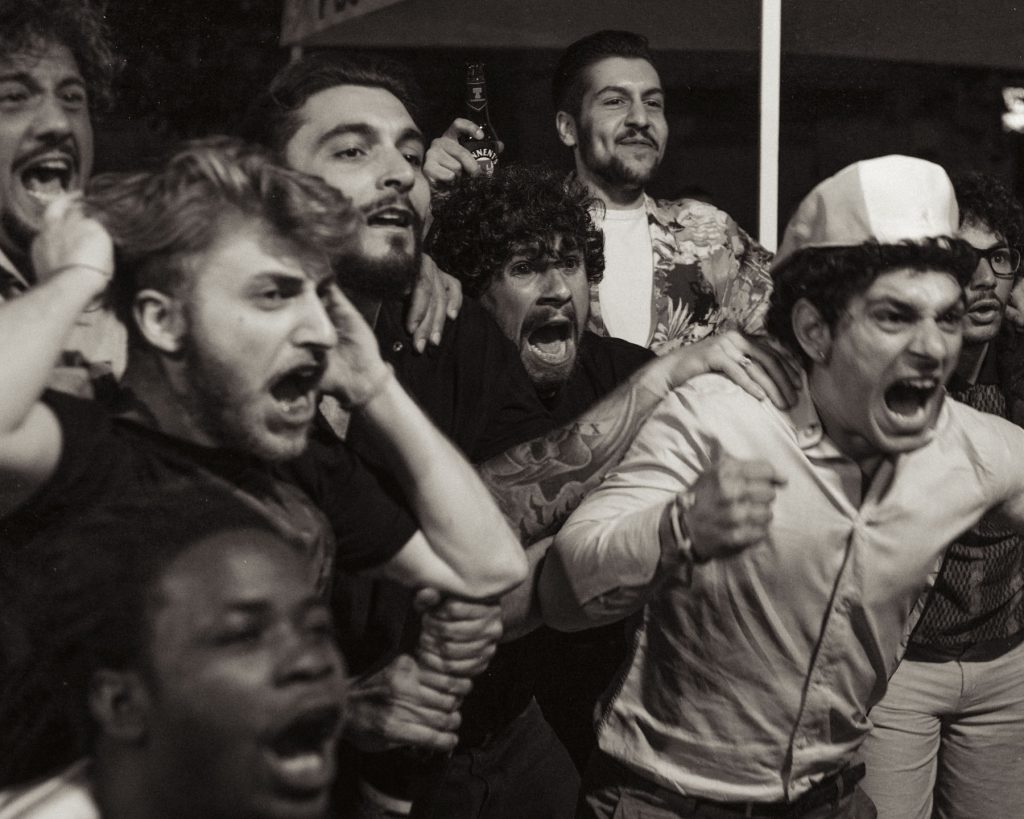
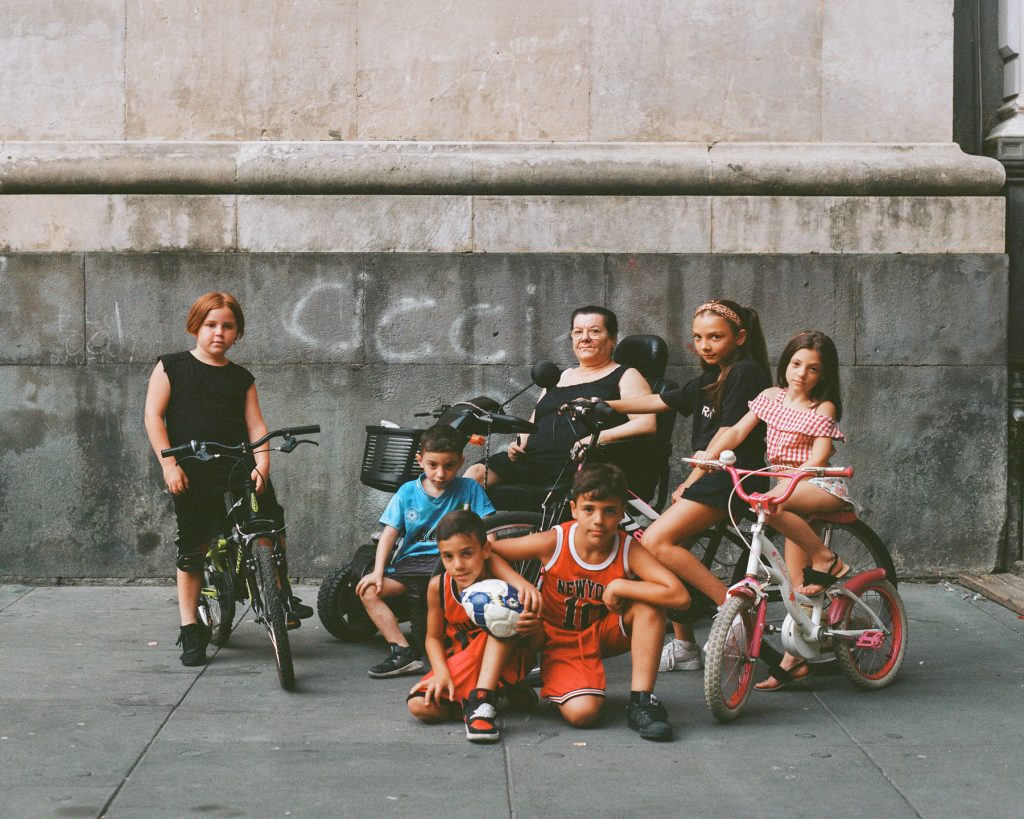
Aside from family, the essence of community comes through your images. From gatherings to sharing stories over meals, you seem to have a penchant for togetherness. What lessons in life have you learned from your community? Is it important for you to belong in a community?
Nowadays, it is important to me to interact. In a society where everyone is behind a digital screen, meeting people, sharing moments and emotions with them, and having conversations with them are important. I think that we do not have to forget that we are humans, and we need to keep our contact solid, perhaps doing it over lunch or dinner for instance.
For you to capture portraits, I can imagine that you have to form a bond with the person you are photographing. What do you tell them before, during, and after the shoot? Who has been the most memorable subject so far? Also, do you believe you chance upon the emotions, settings, and looks of your photographs, or do you instruct and arrange them before the shoot?
Exactly. Before shooting a person, I always try to learn and understand them; to be with them in order to comprehend who they are. I try to establish a relationship with them, and I love listening to them and trying to understand how they feel.
I prefer to do it before, without a camera, and then come back to shoot. The most memorable subject to me was Rita, an old woman in my neighborhood who, after few meetings, she showed me her best, meaning who she is, in the picture.
From here,
“I think there is always a scene to capture for those who know where to seek and how to find it.”

Whenever you feel like taking a break from photography, how do you recharge? How do you celebrate your life outside the camera? Then, how do you celebrate la dolce vita through photography? Is there a place in Italy that you have not yet been to before but would love to visit soon?
To recharge, I travel to different cities and often go to the sea to watch the horizon and the waves. La dolce vita through photography has to be celebrated from a vision – a personal interpretation even. In Italy, I love going back to Sicily.
Would you say that you are a private person? I am only asking because I wonder if you will allow another photographer to capture what your everyday life looks like.
Yes, I am a very private person. Usually, I only post overviews of my private life, not its entirety. I do not like the idea of being on the other side of the camera.
Credits
Images · Carmine Romano
https://www.carmineromano.com/
